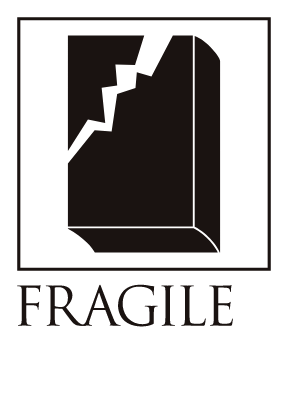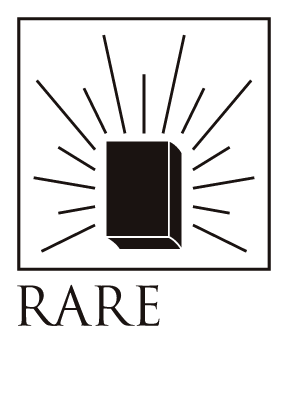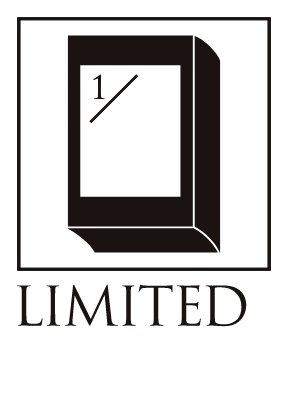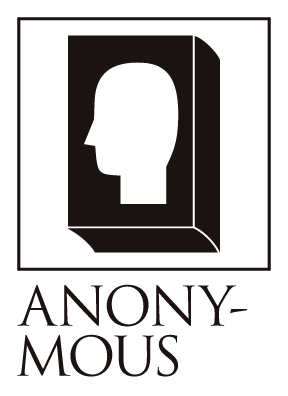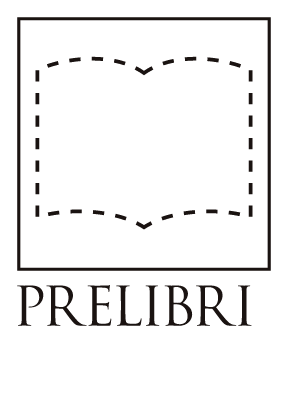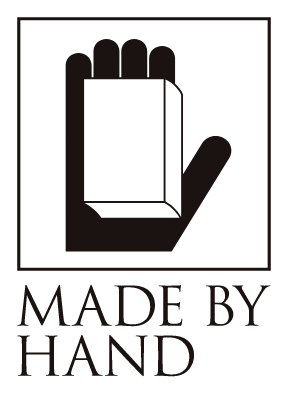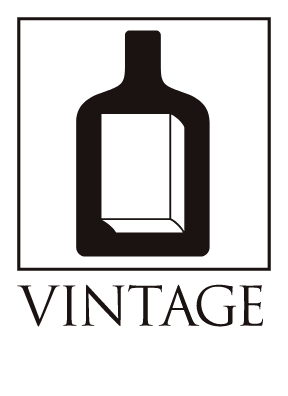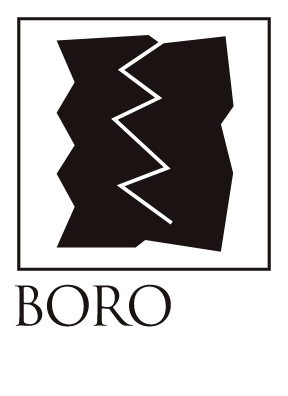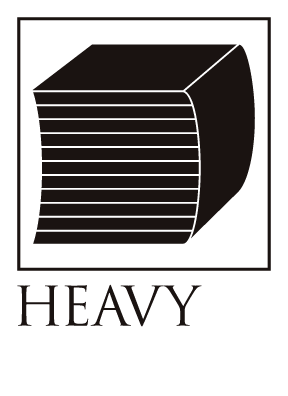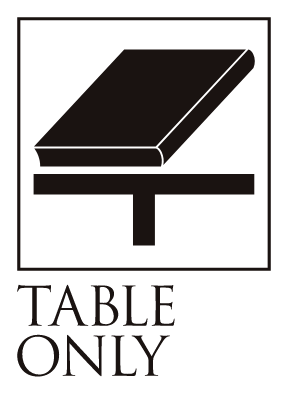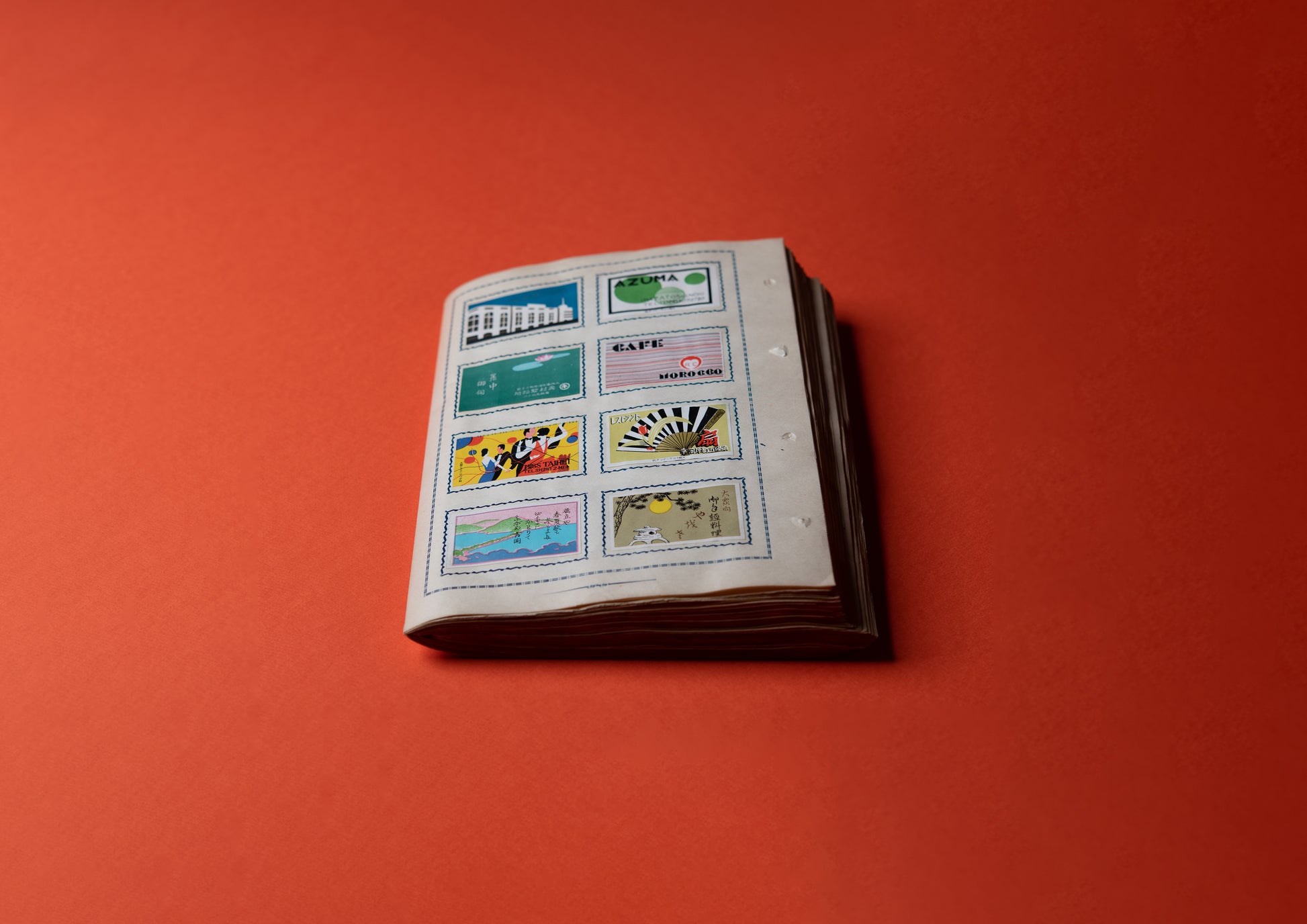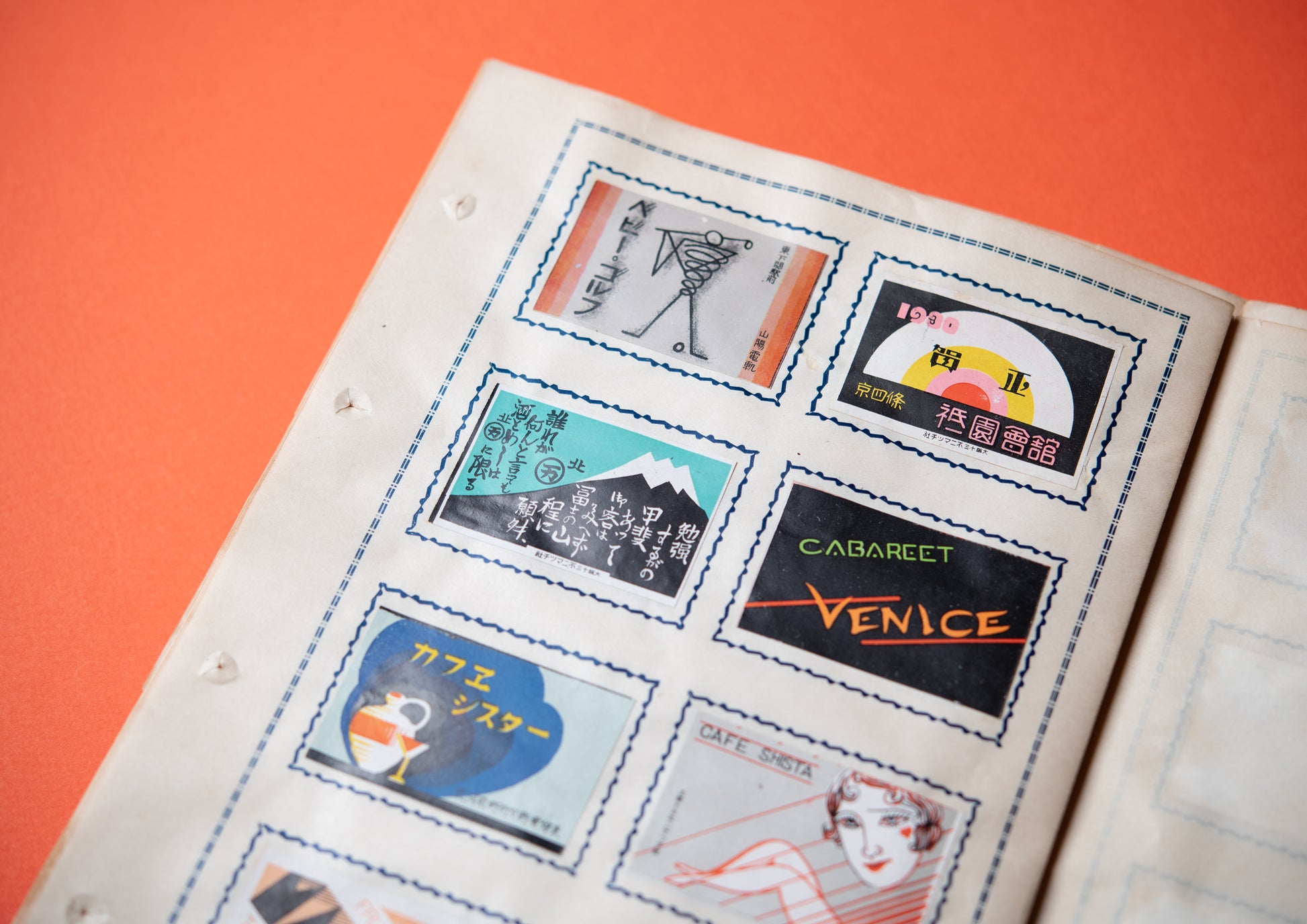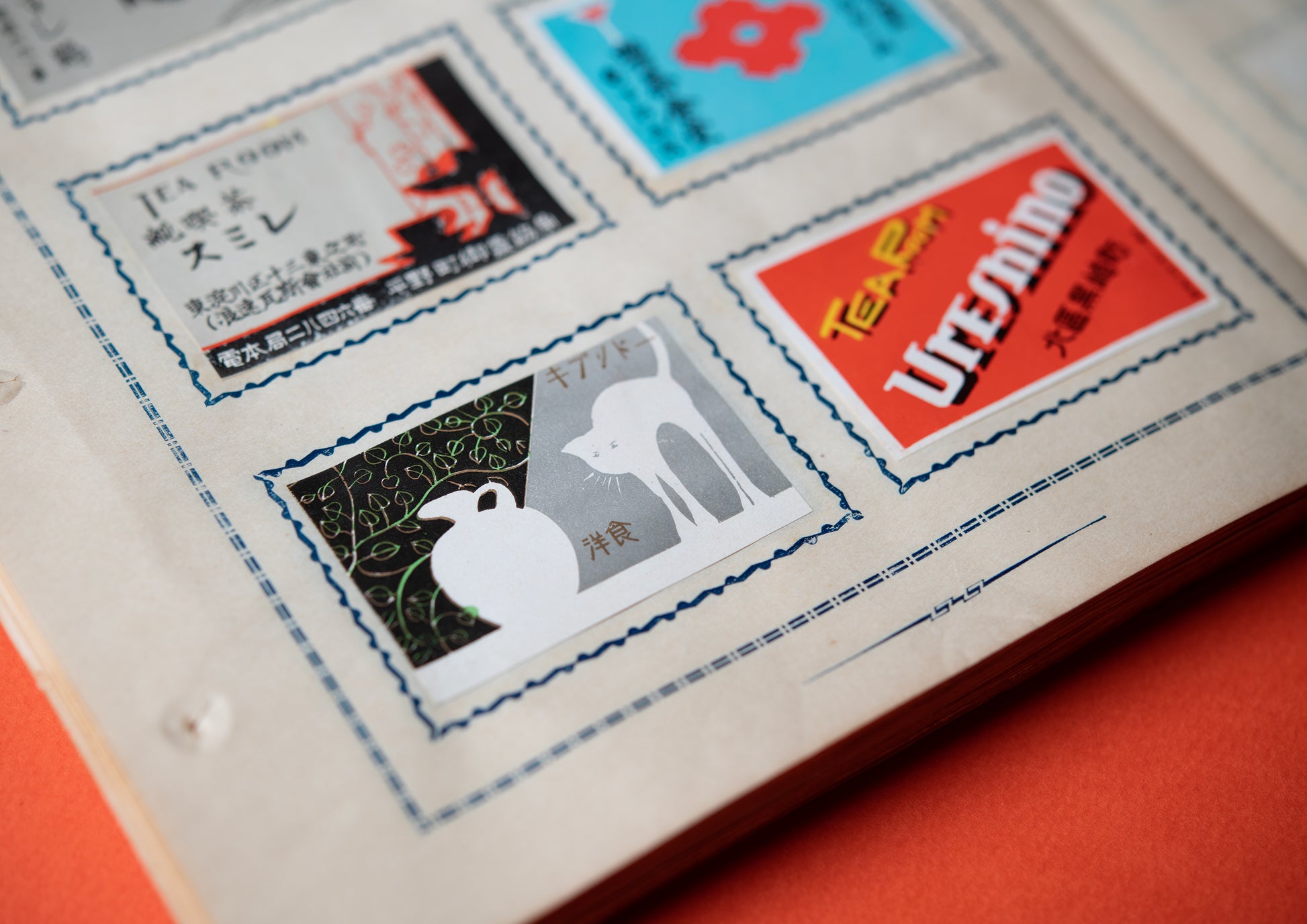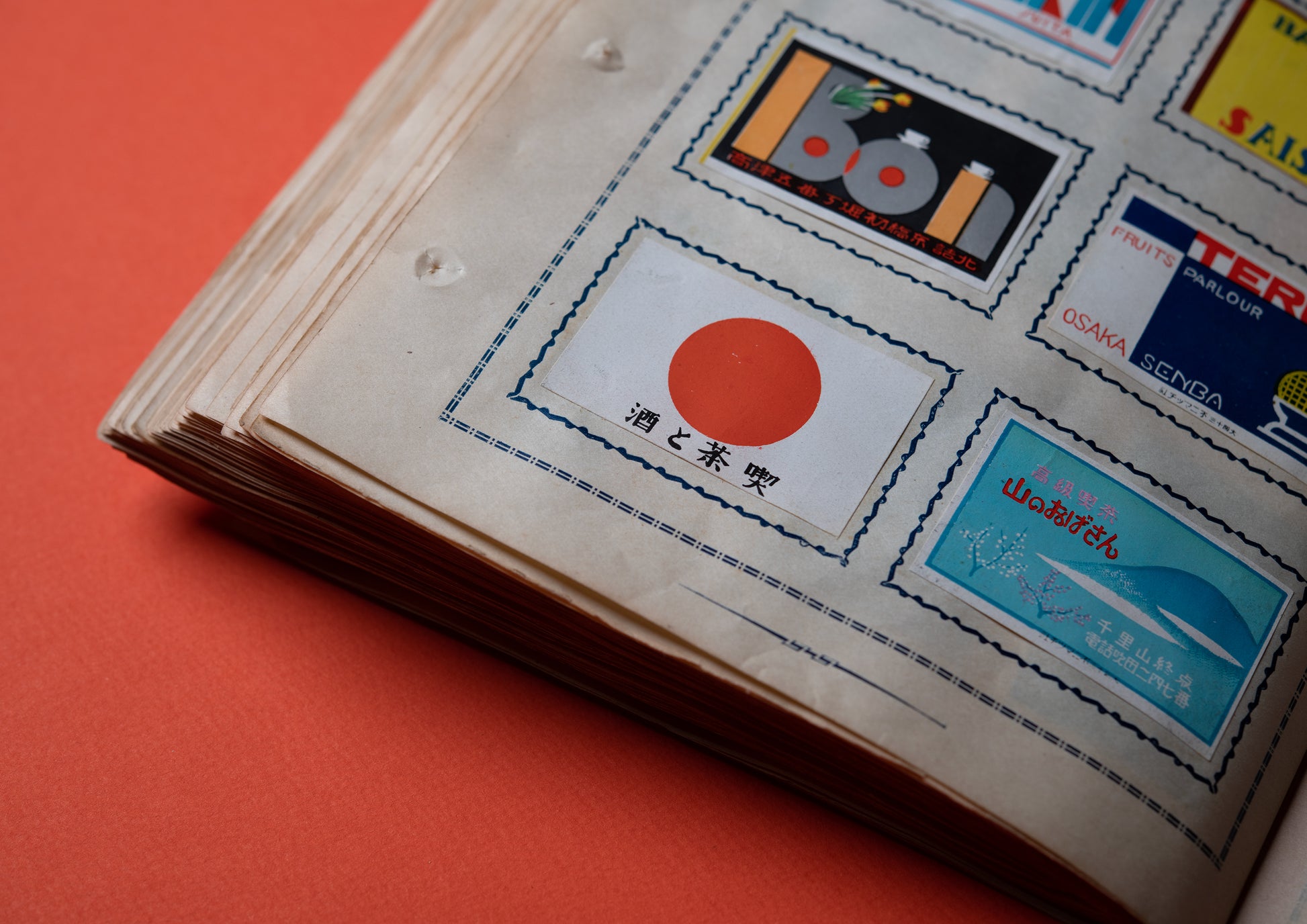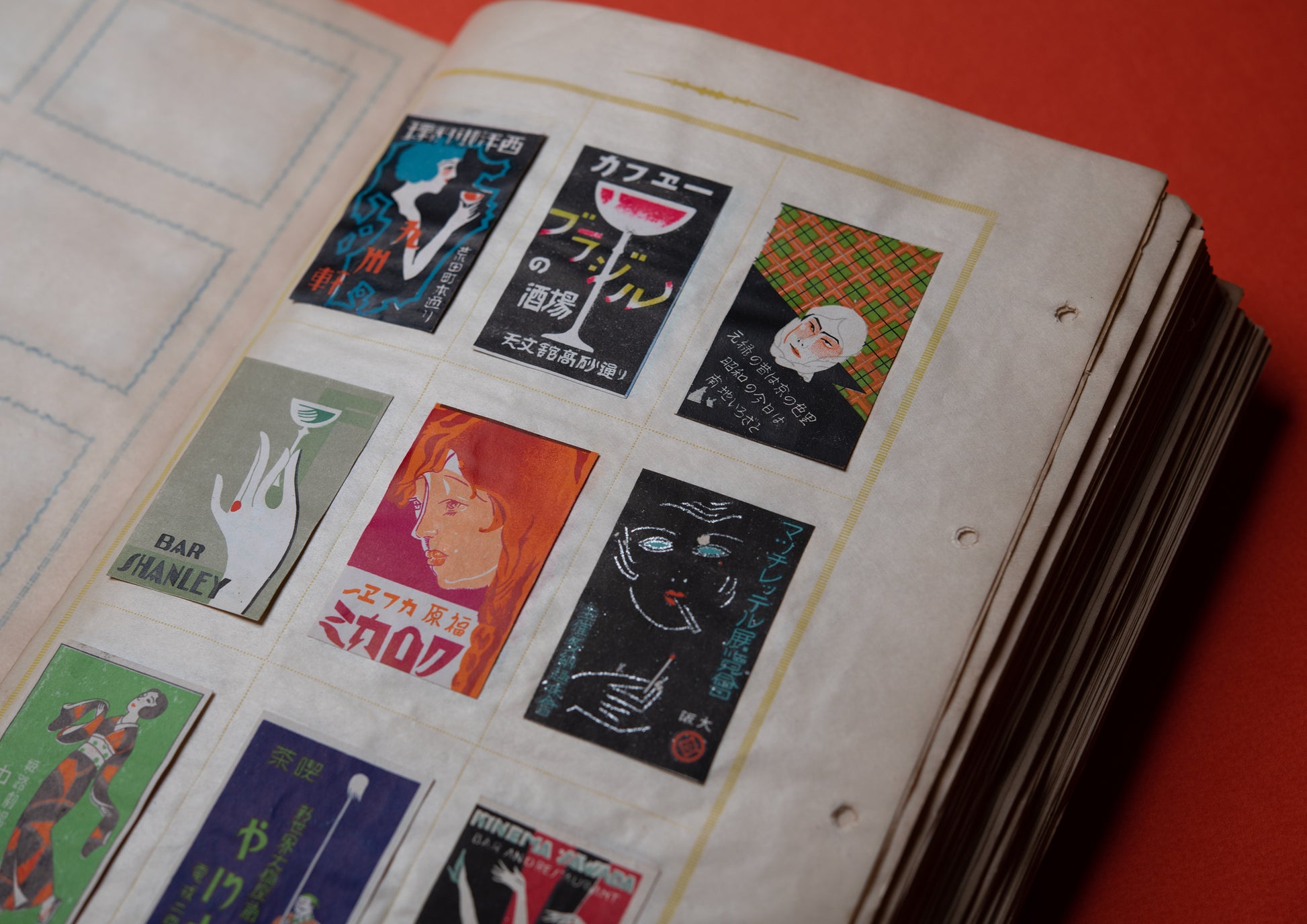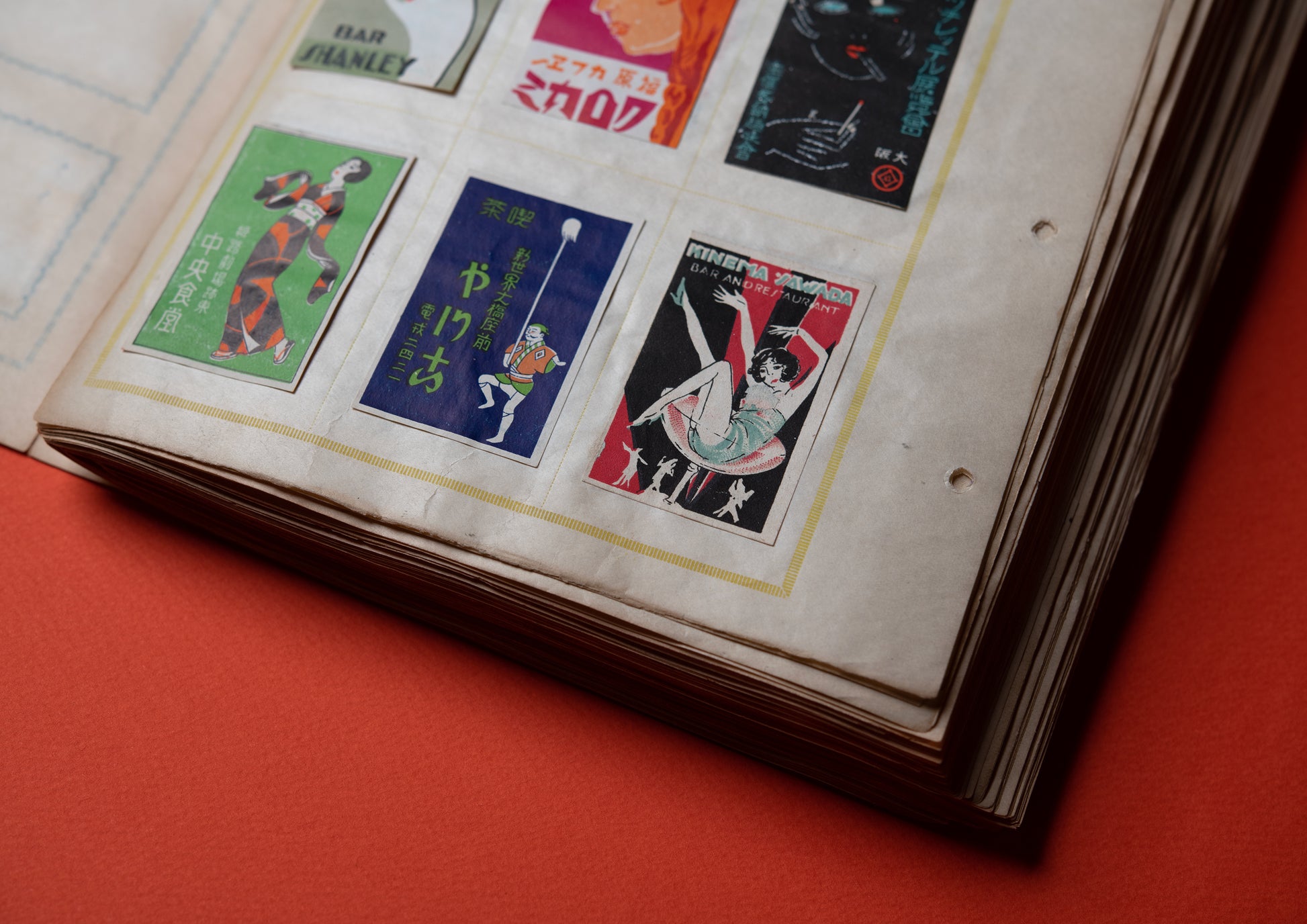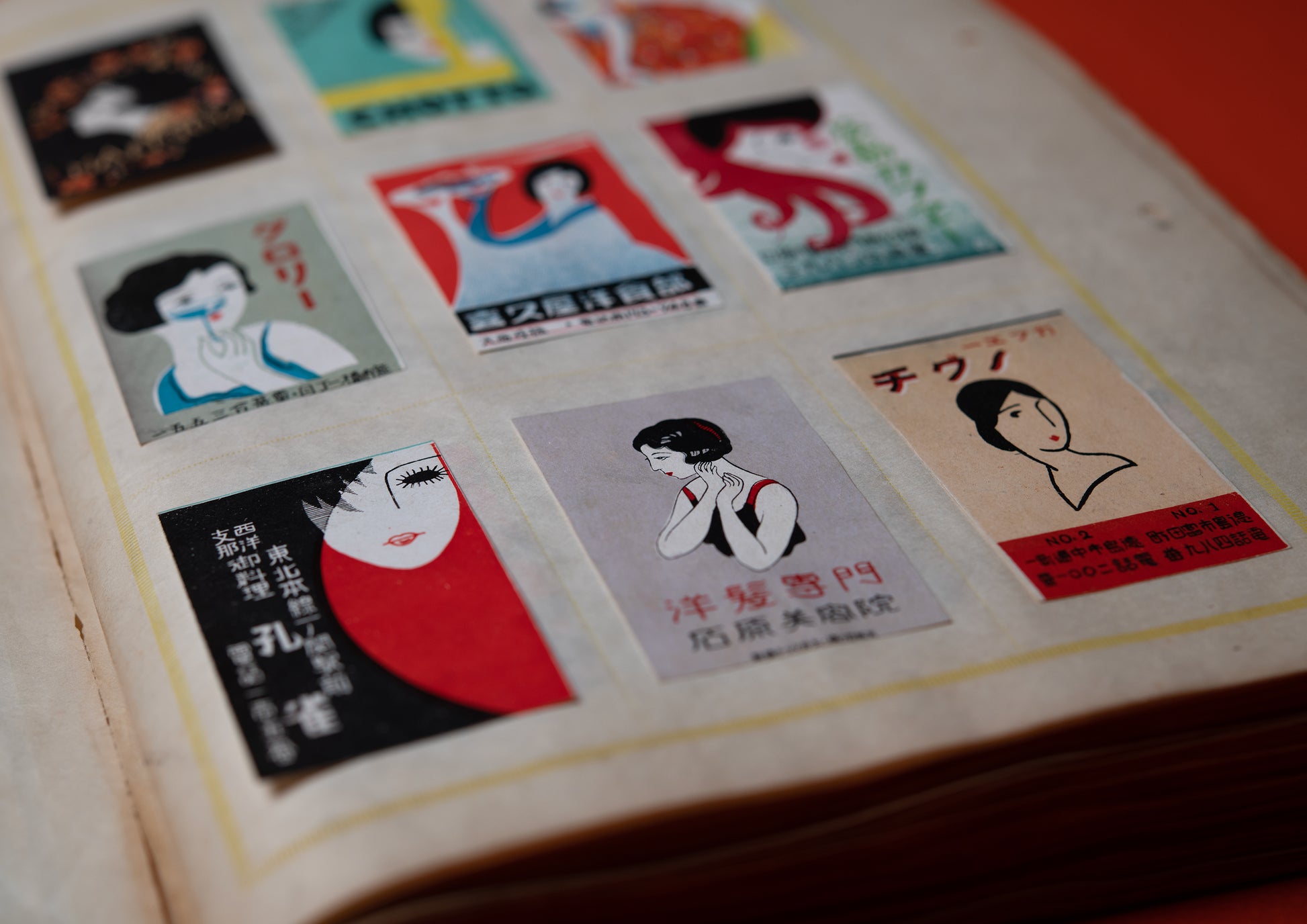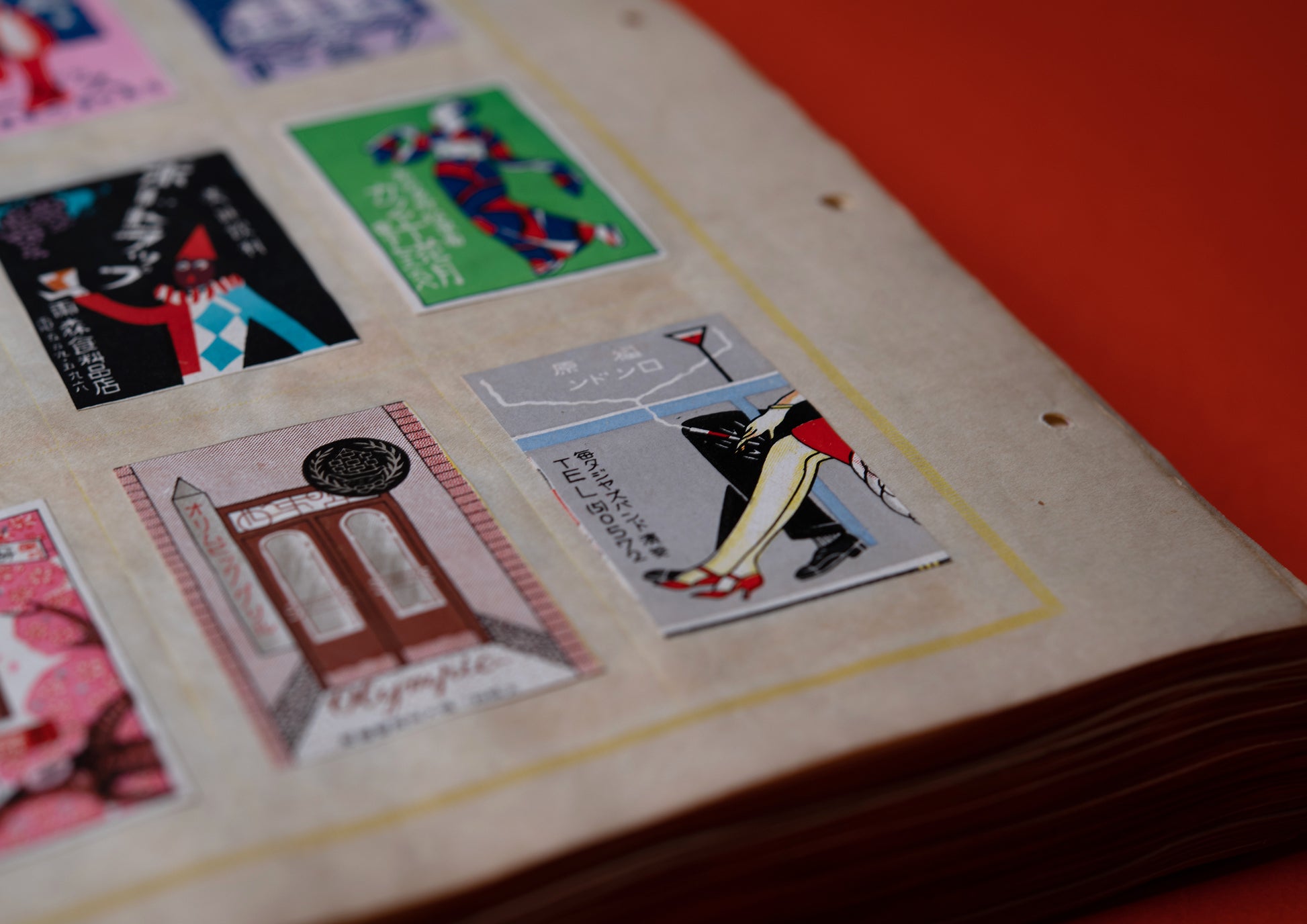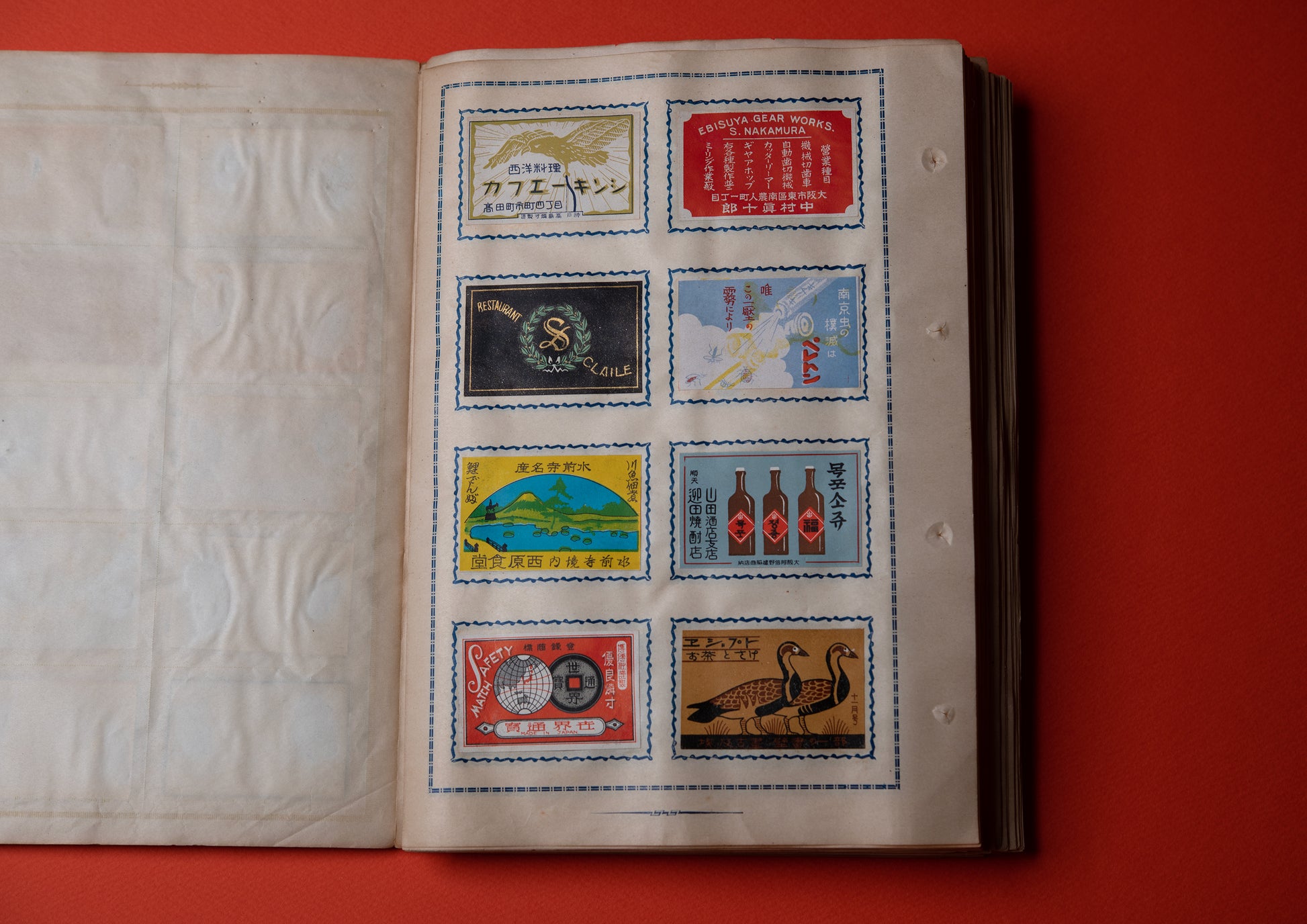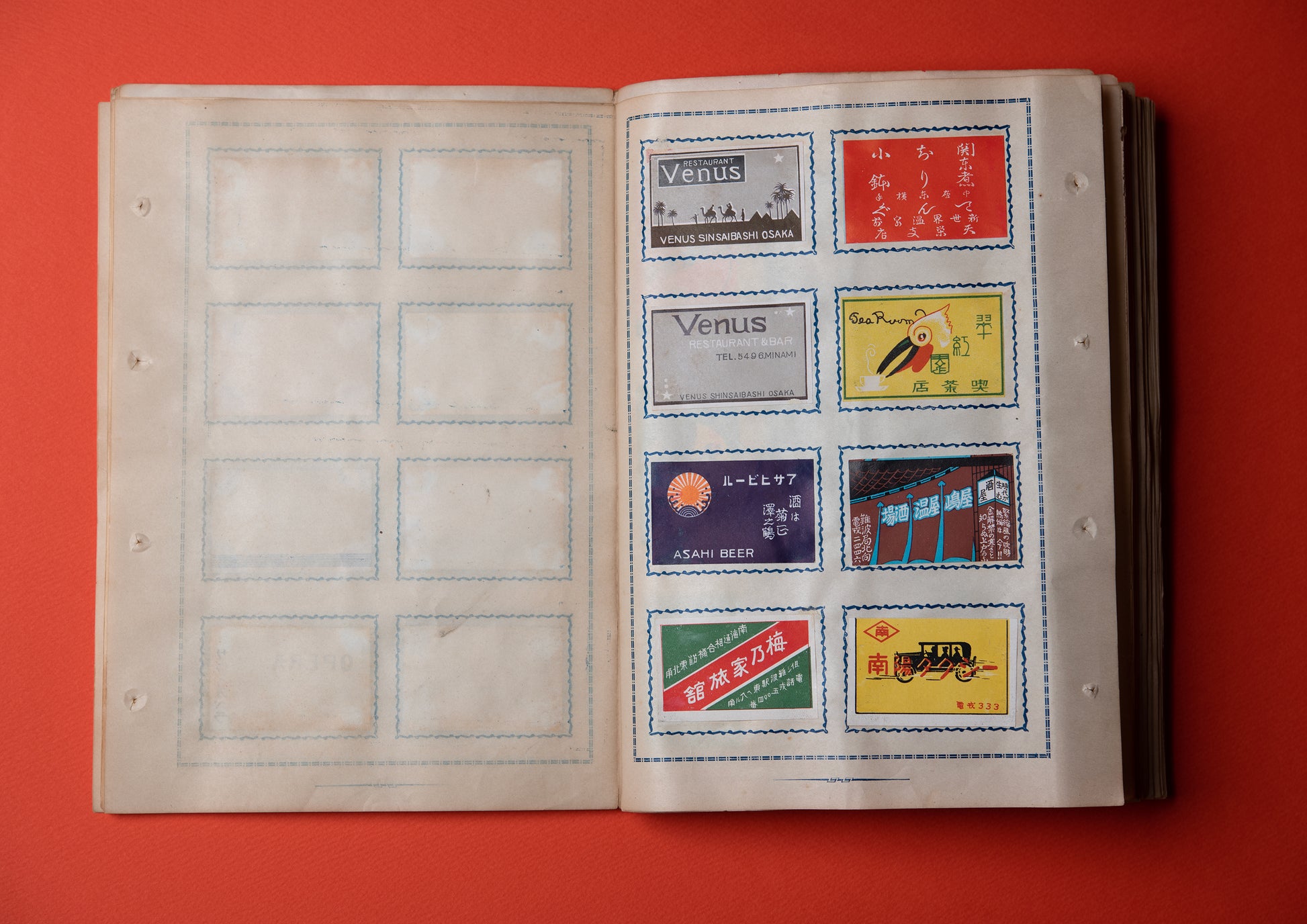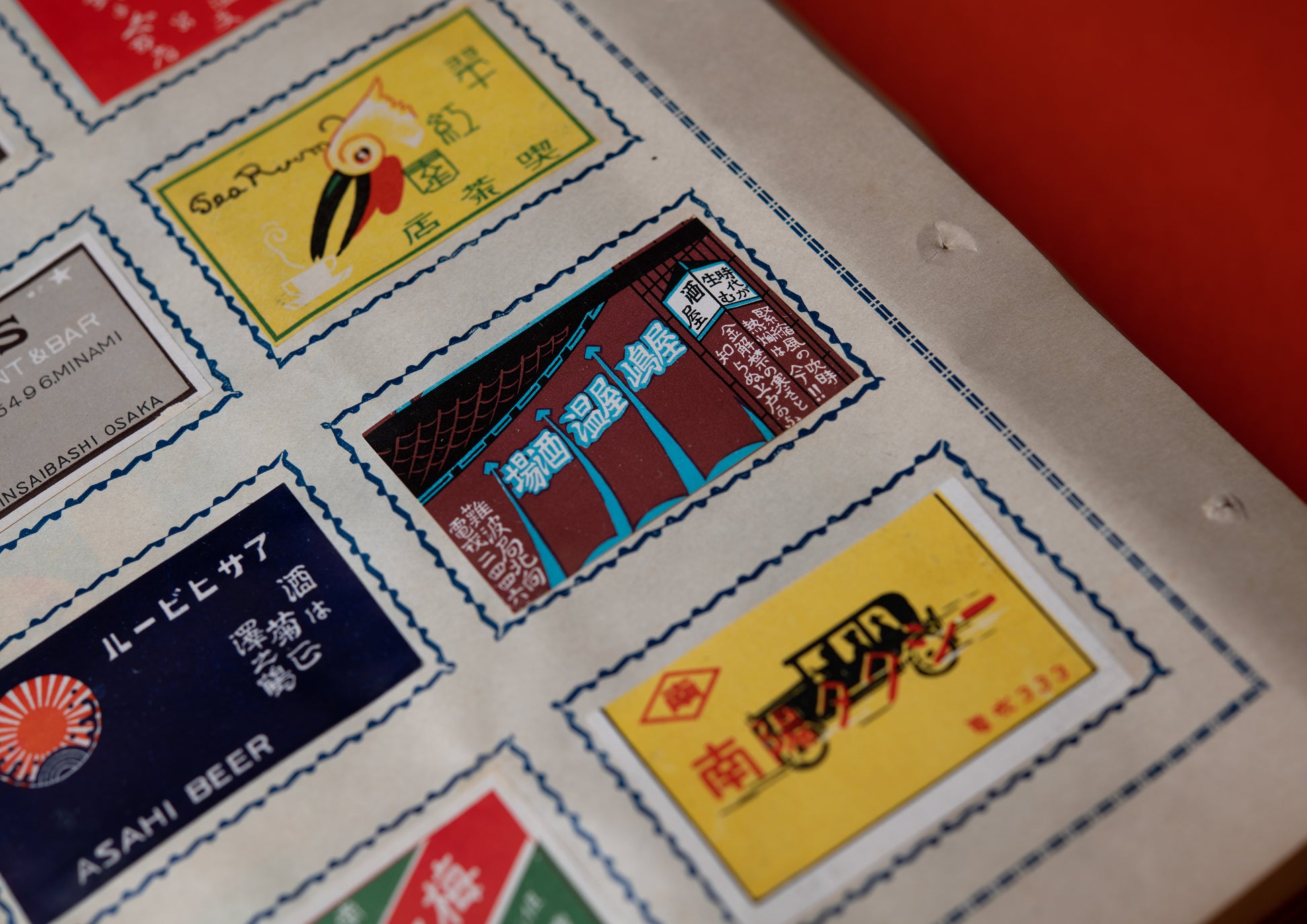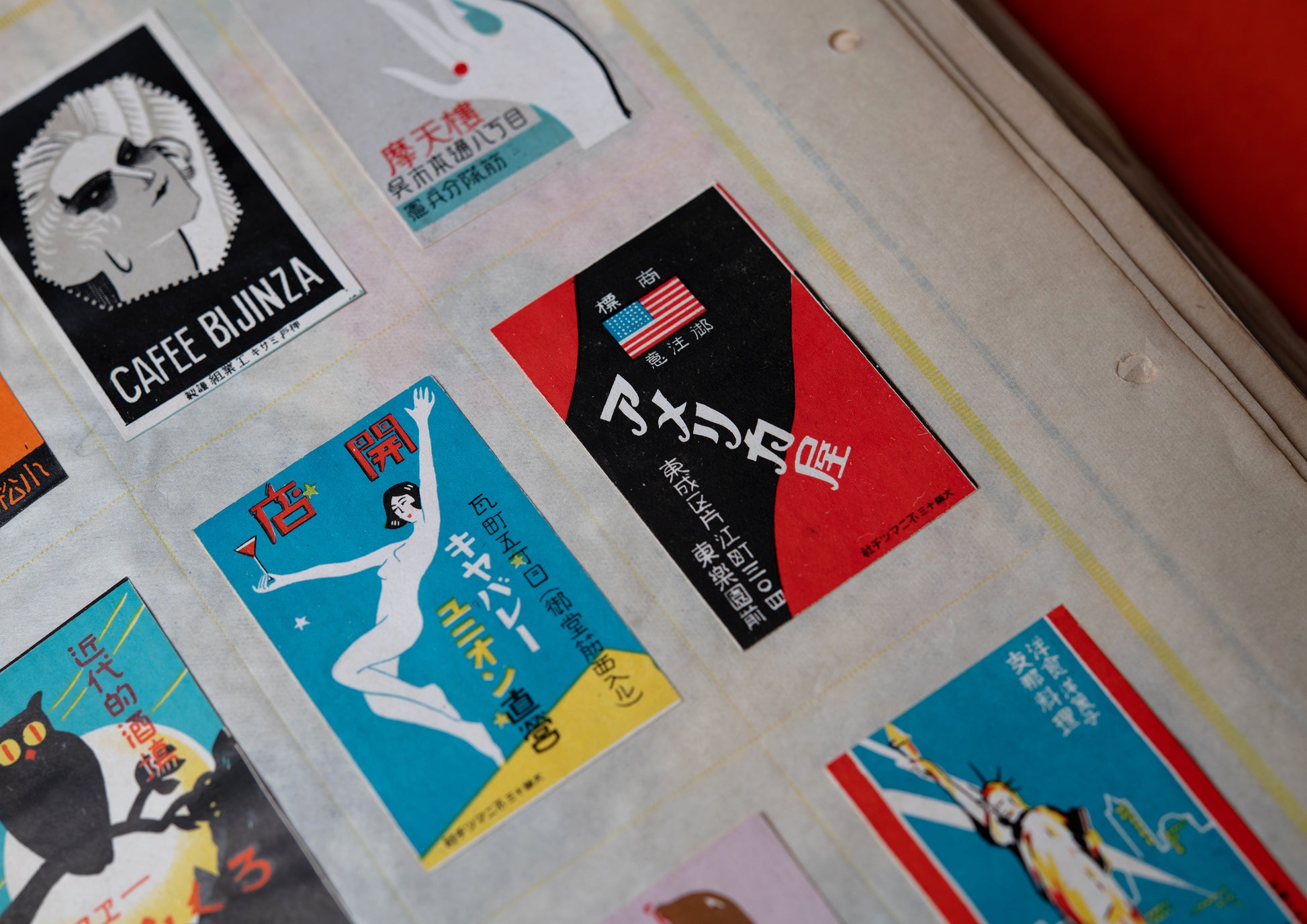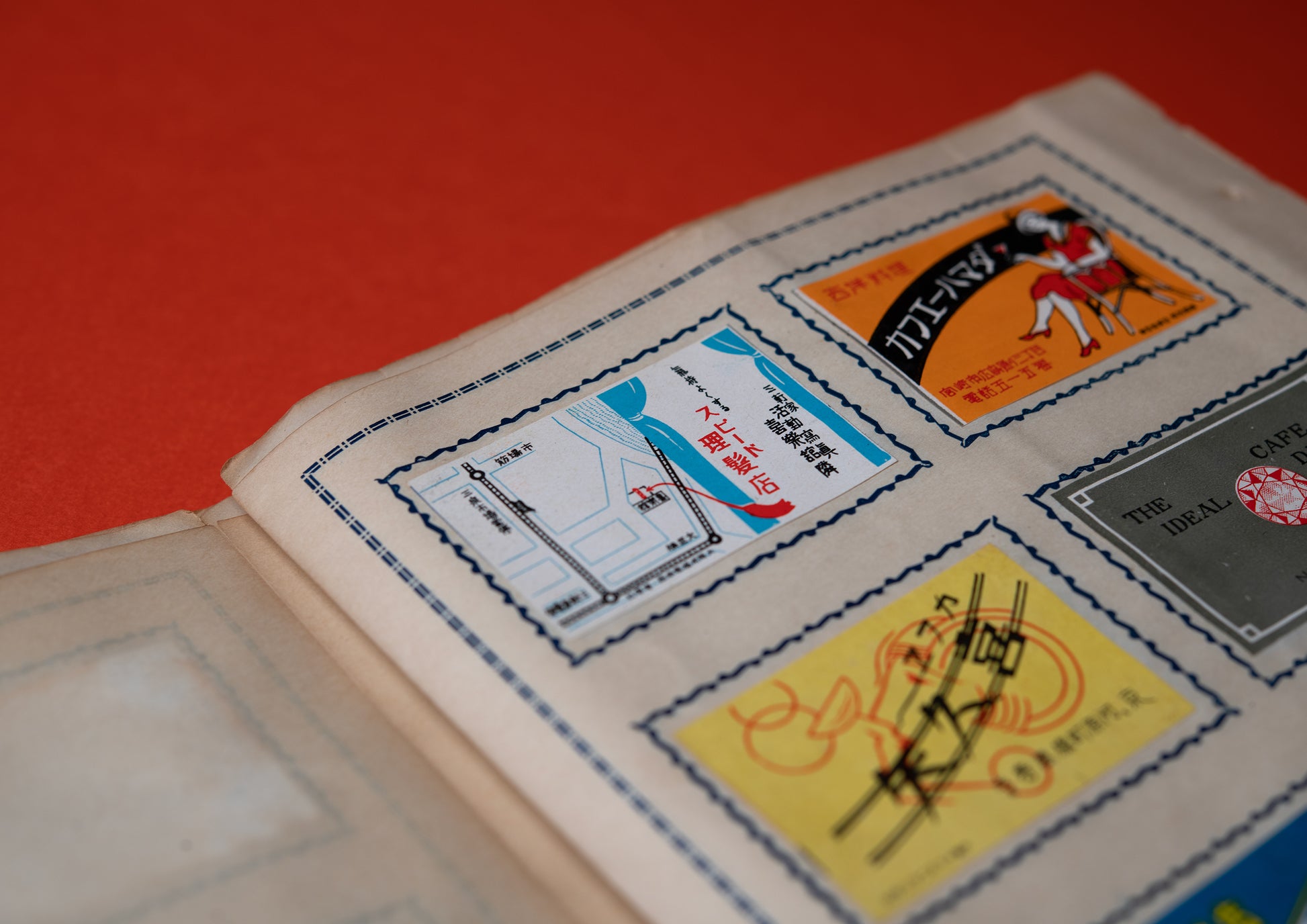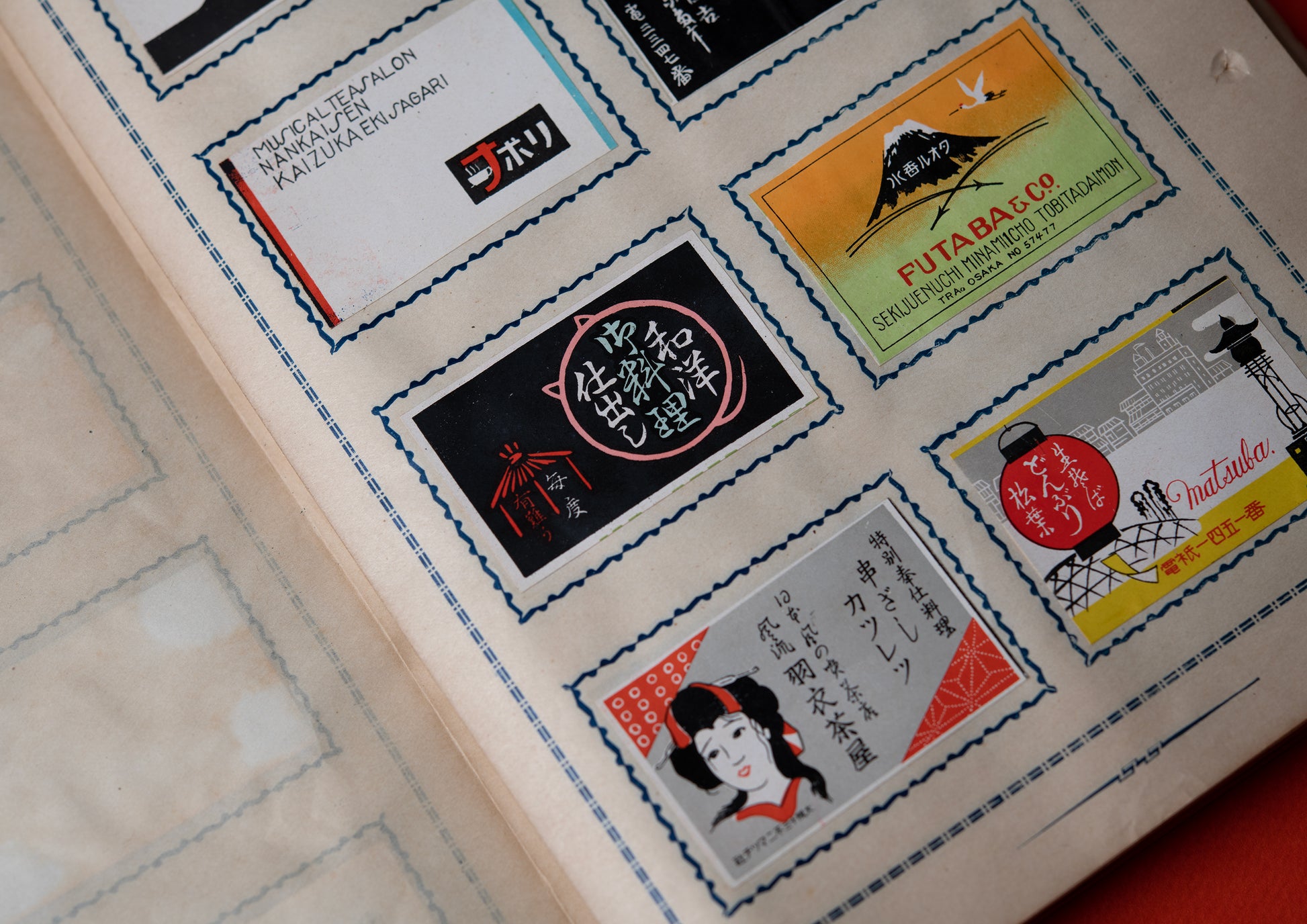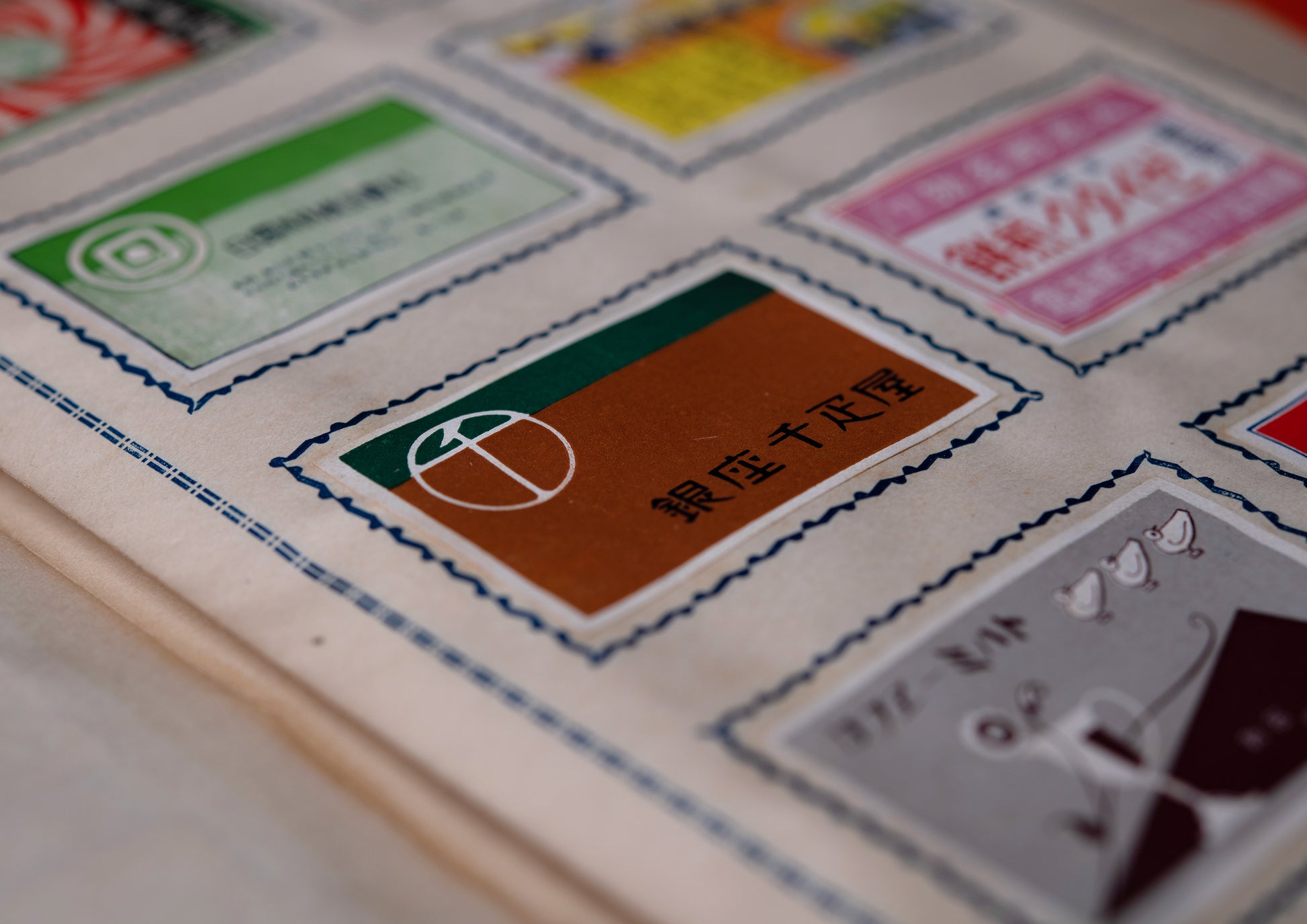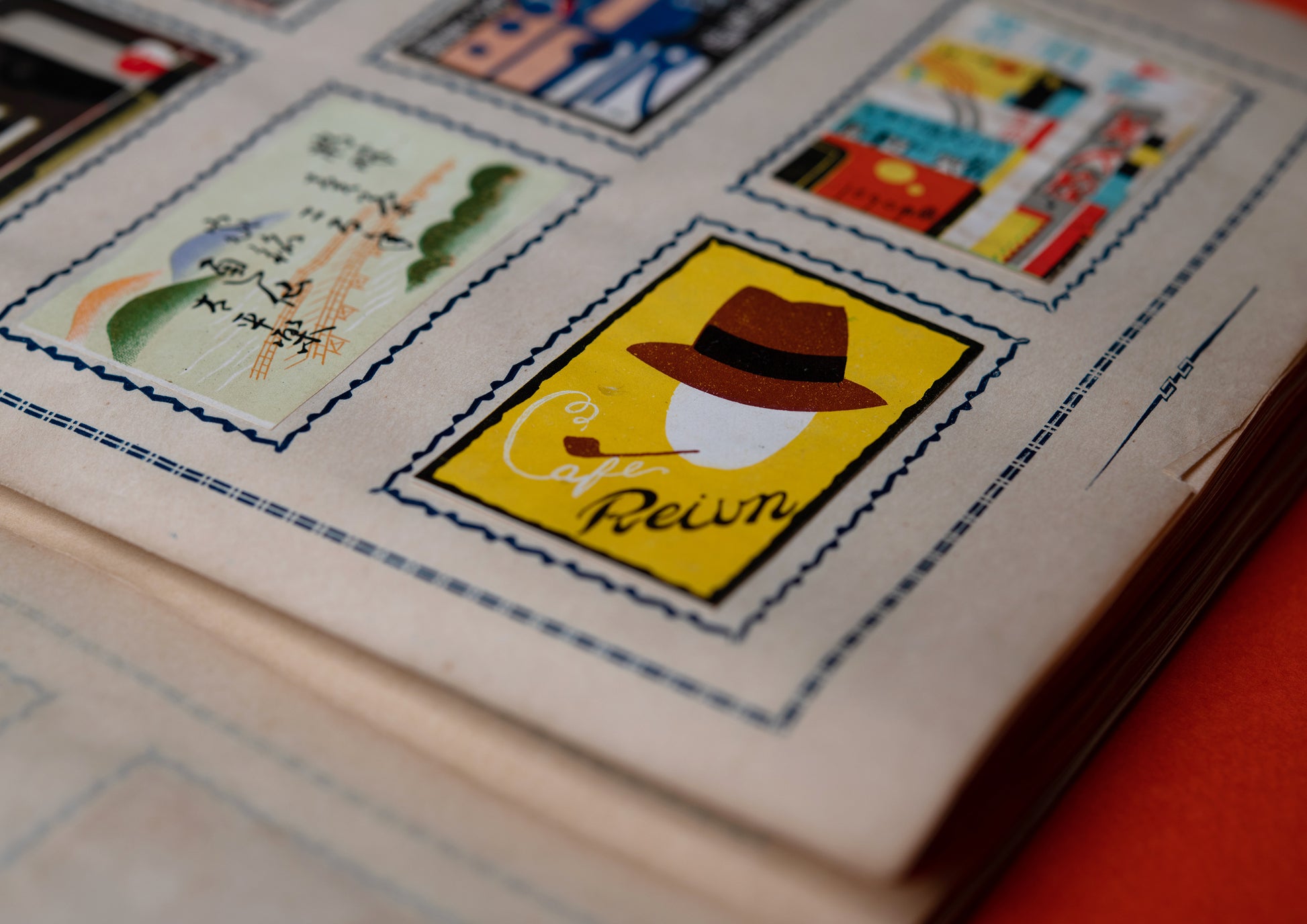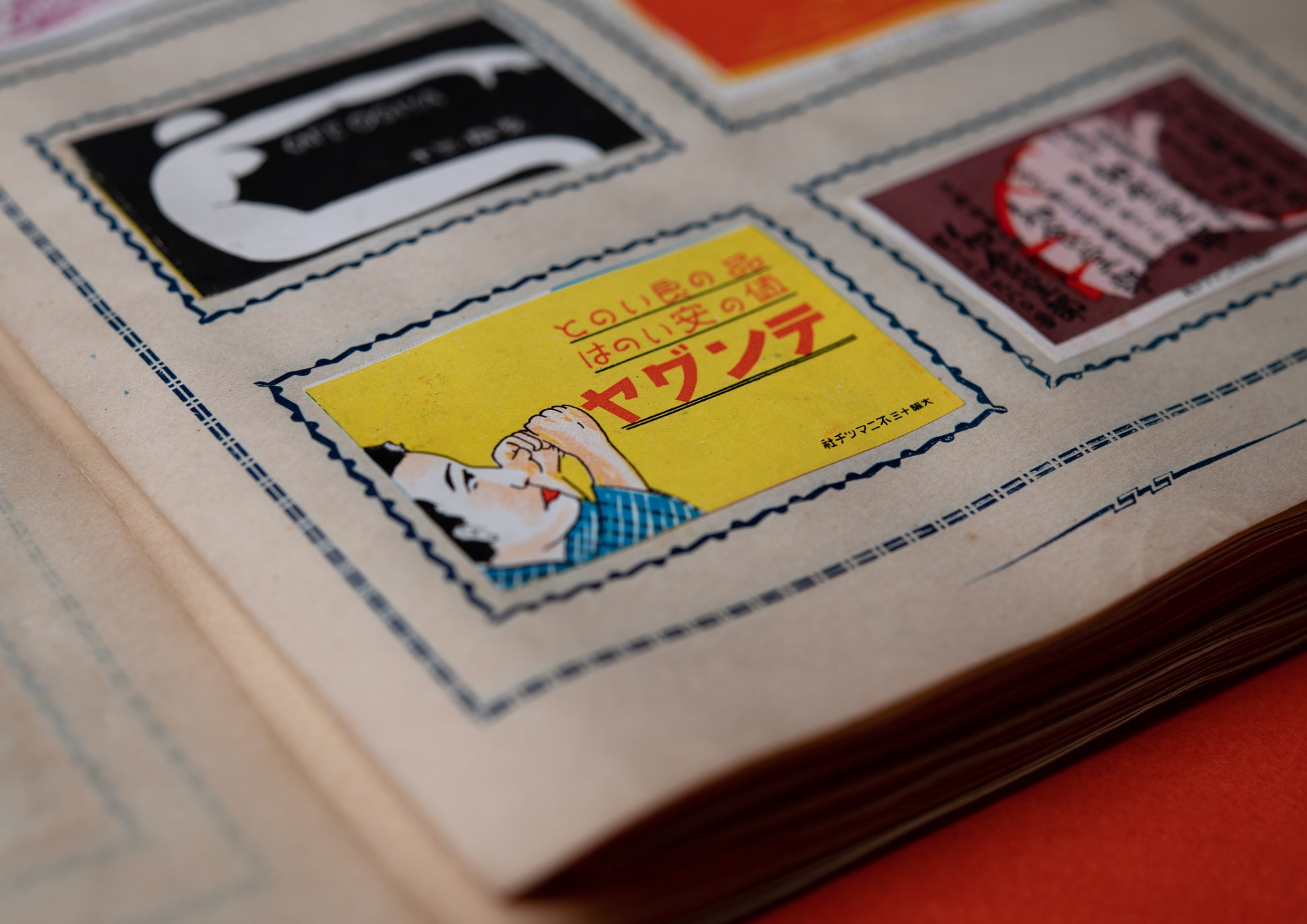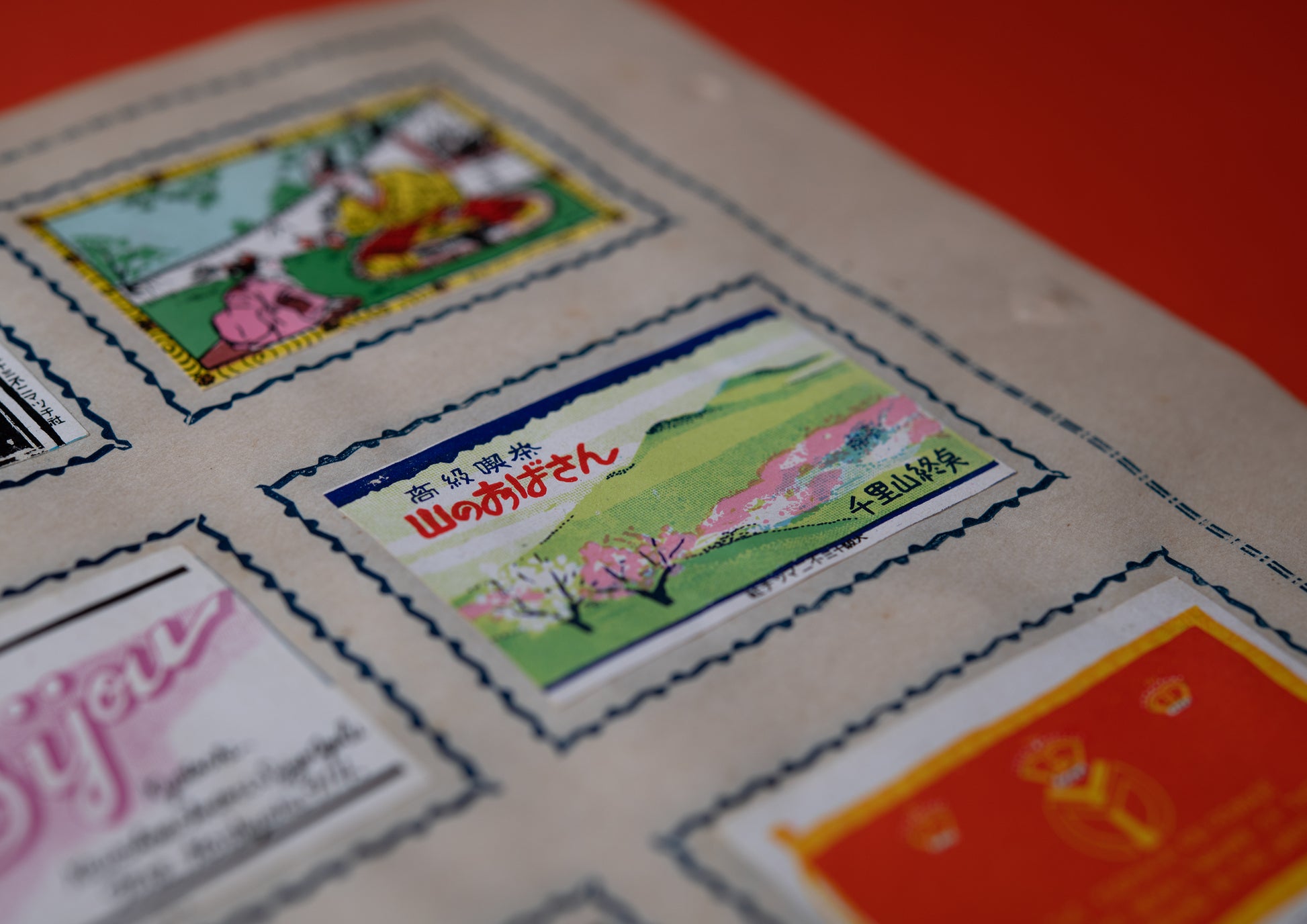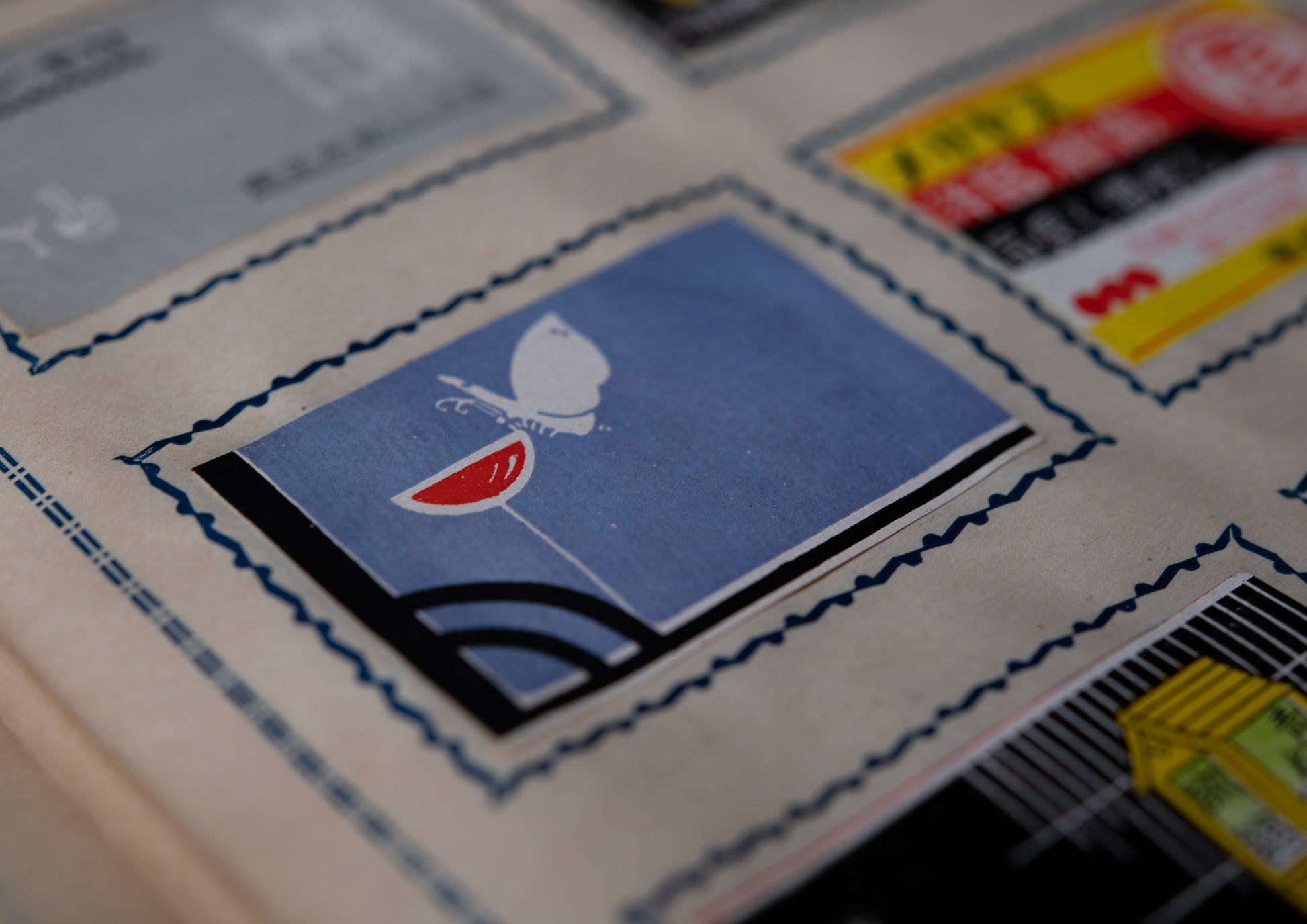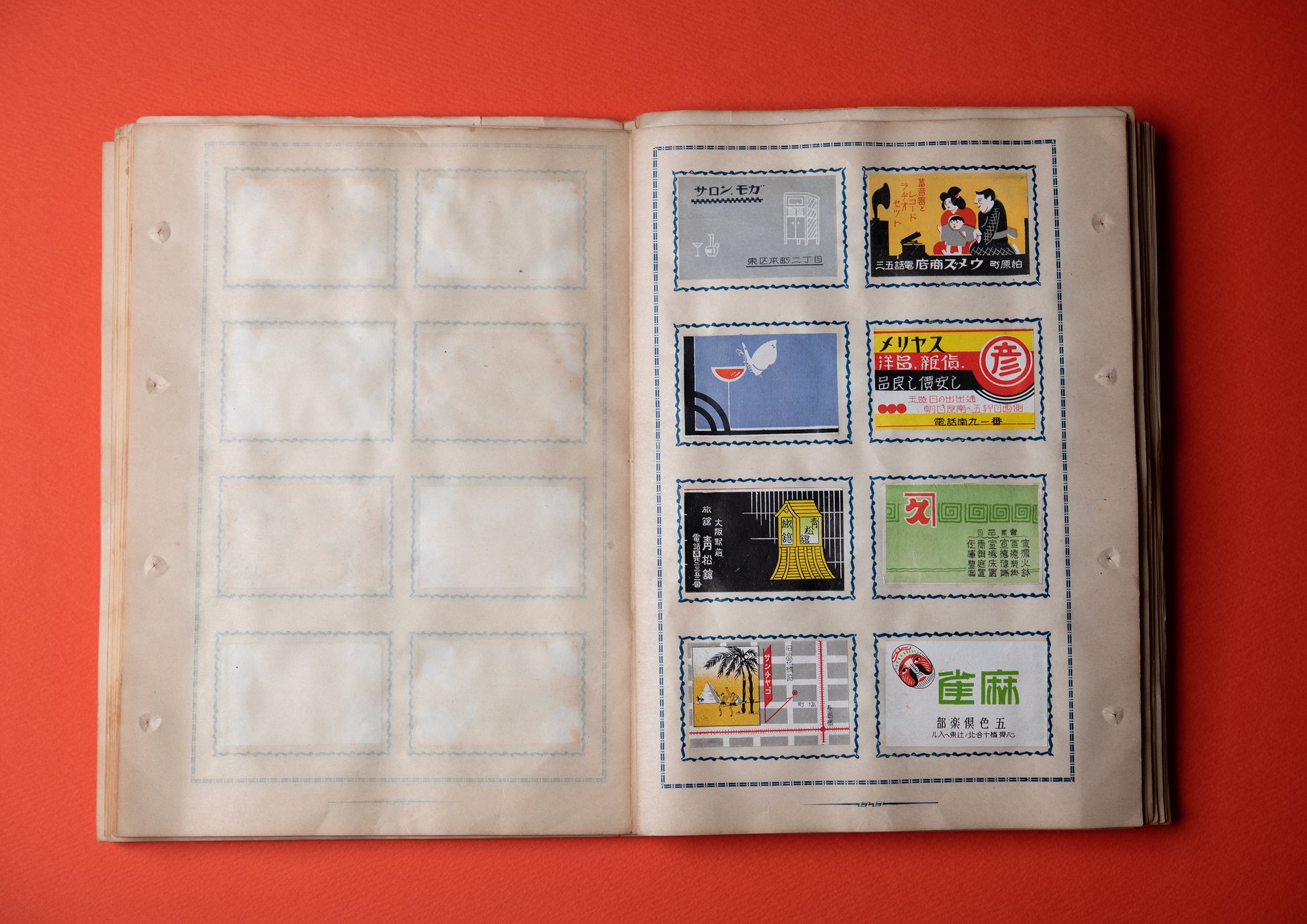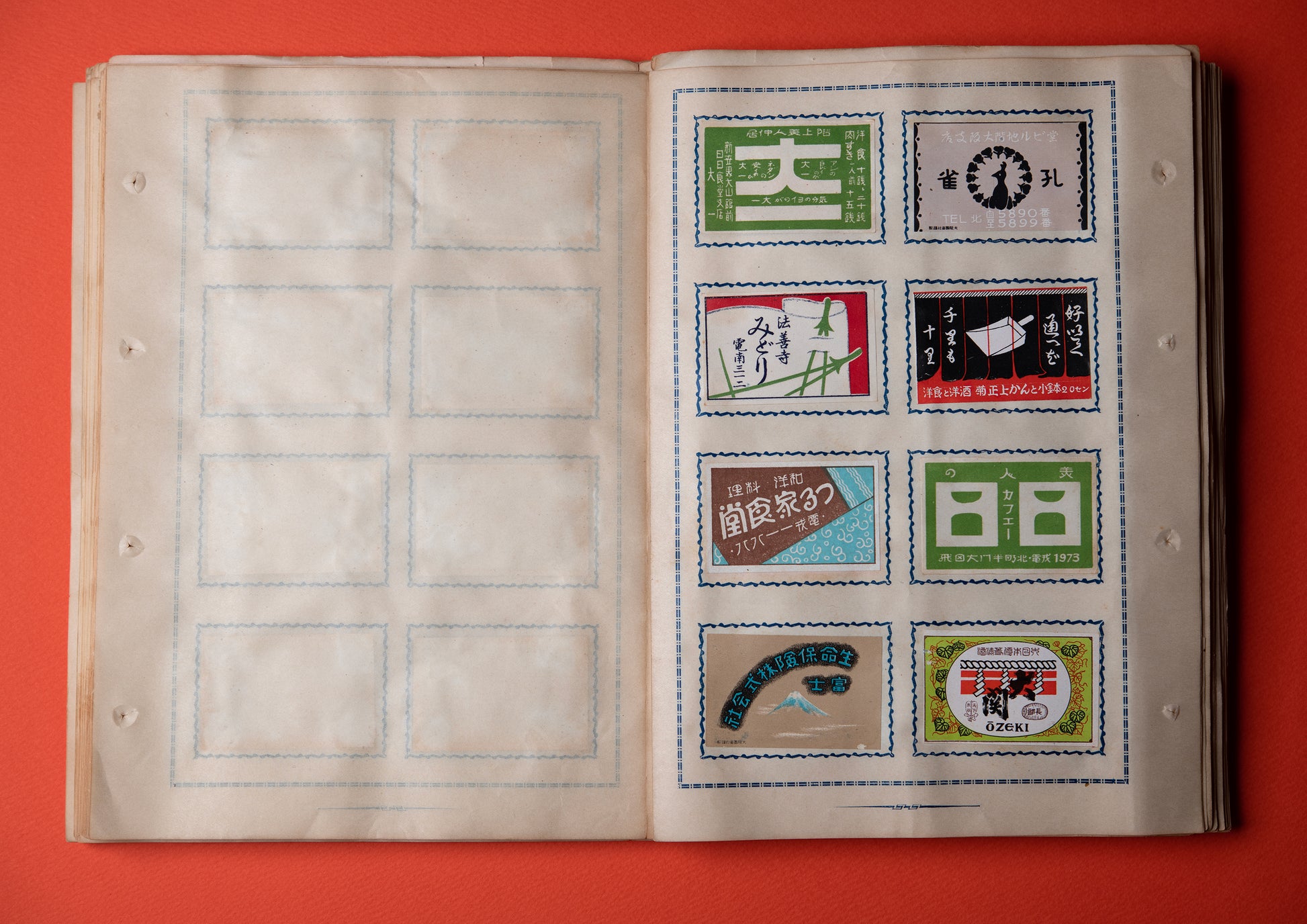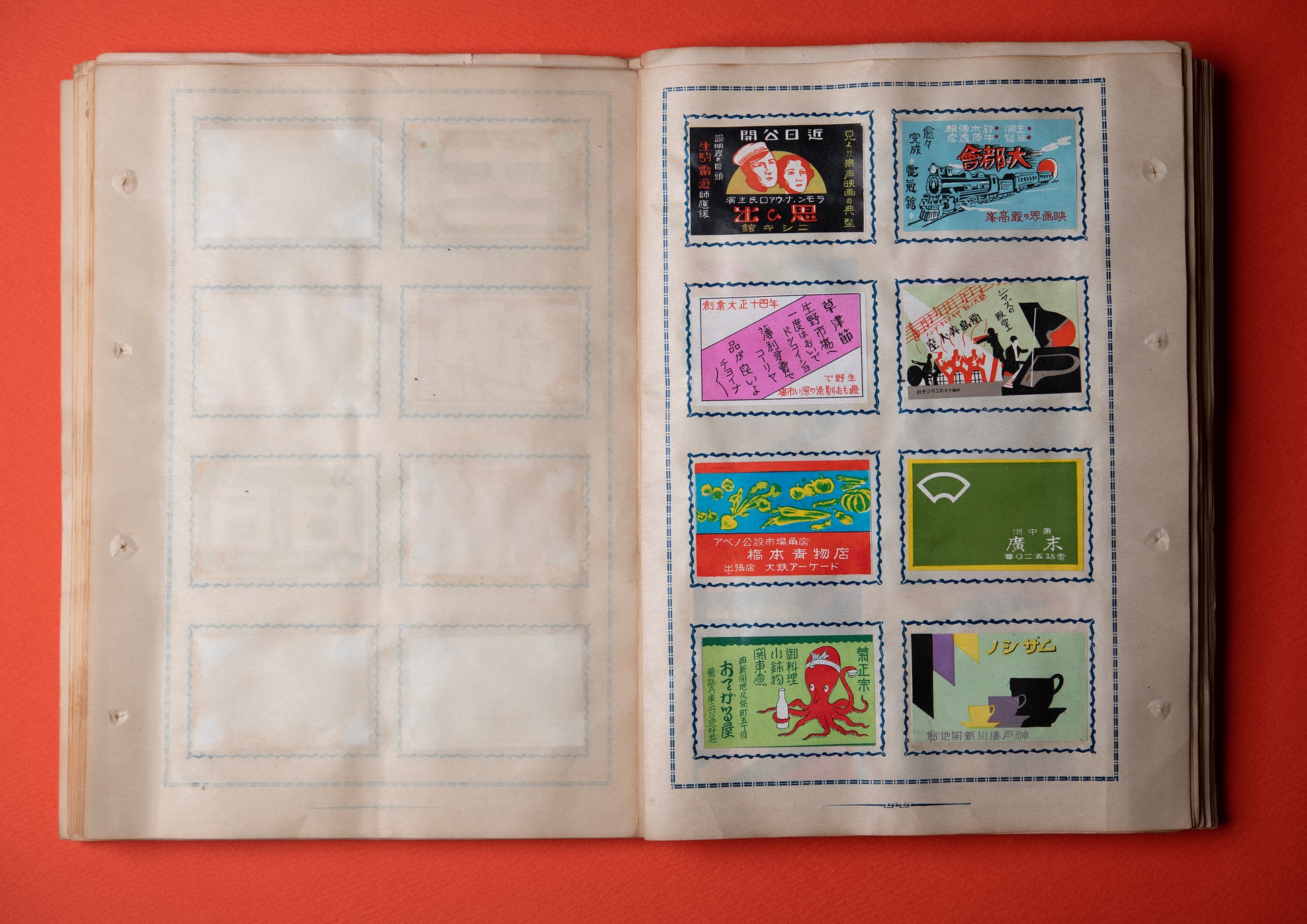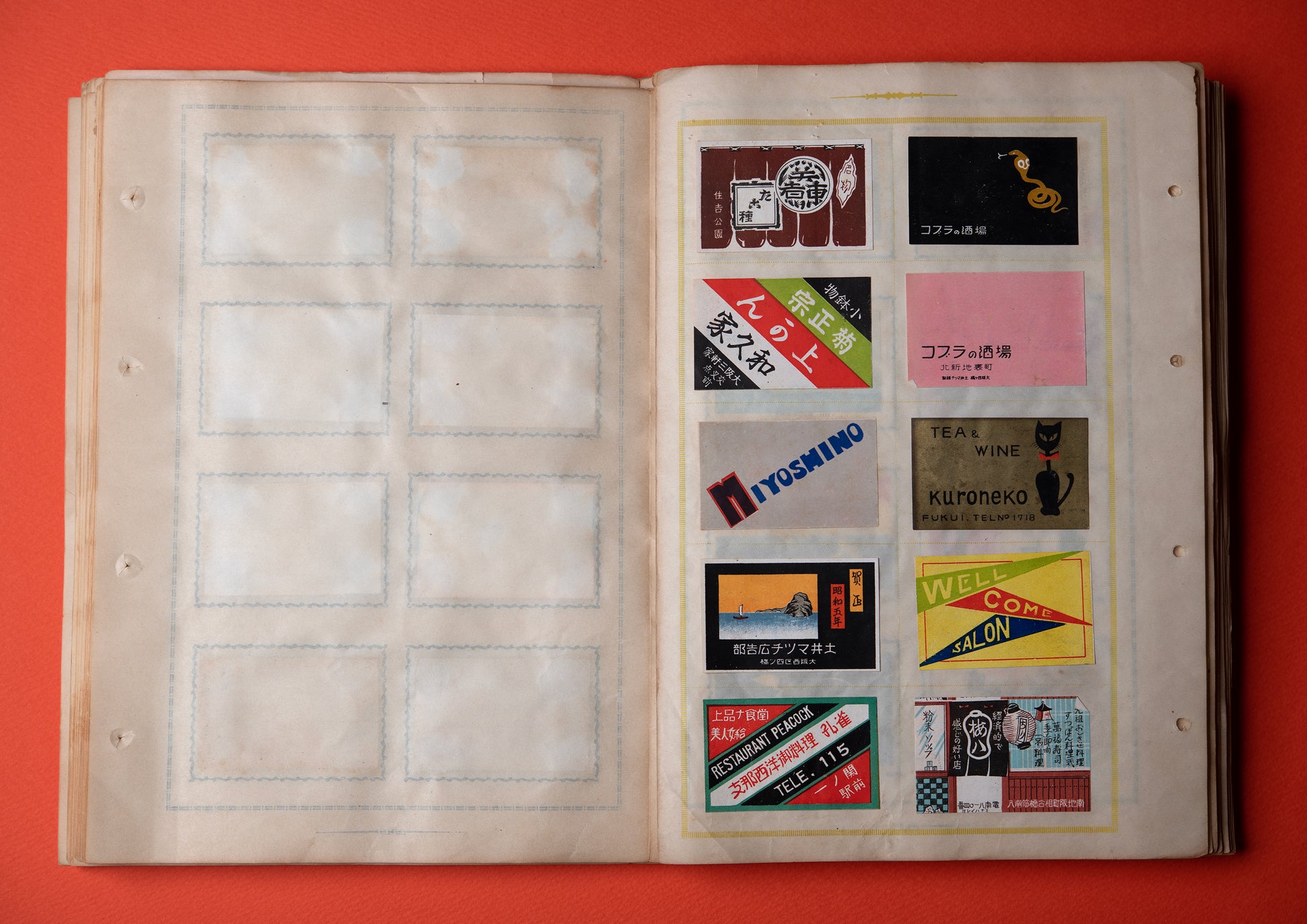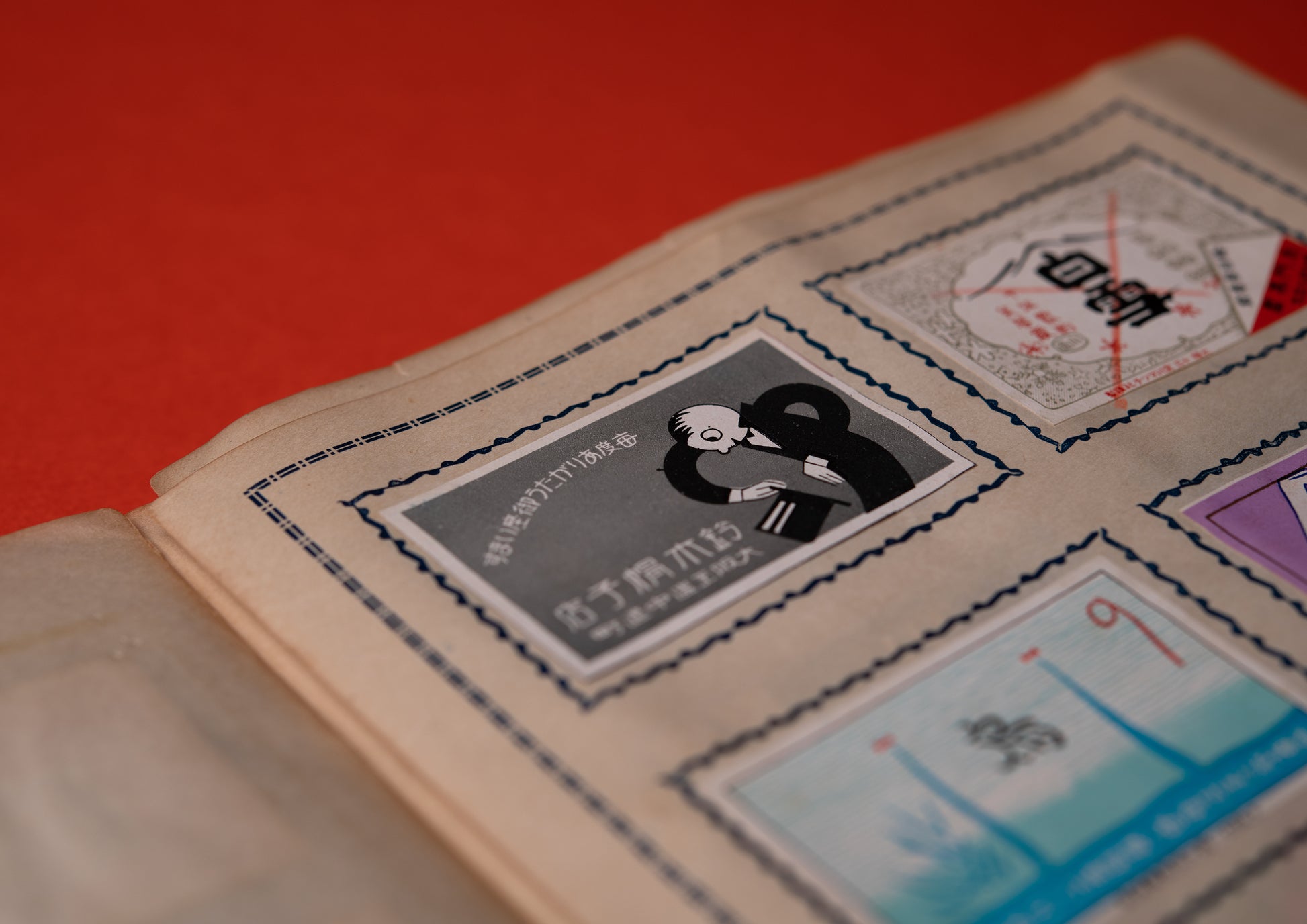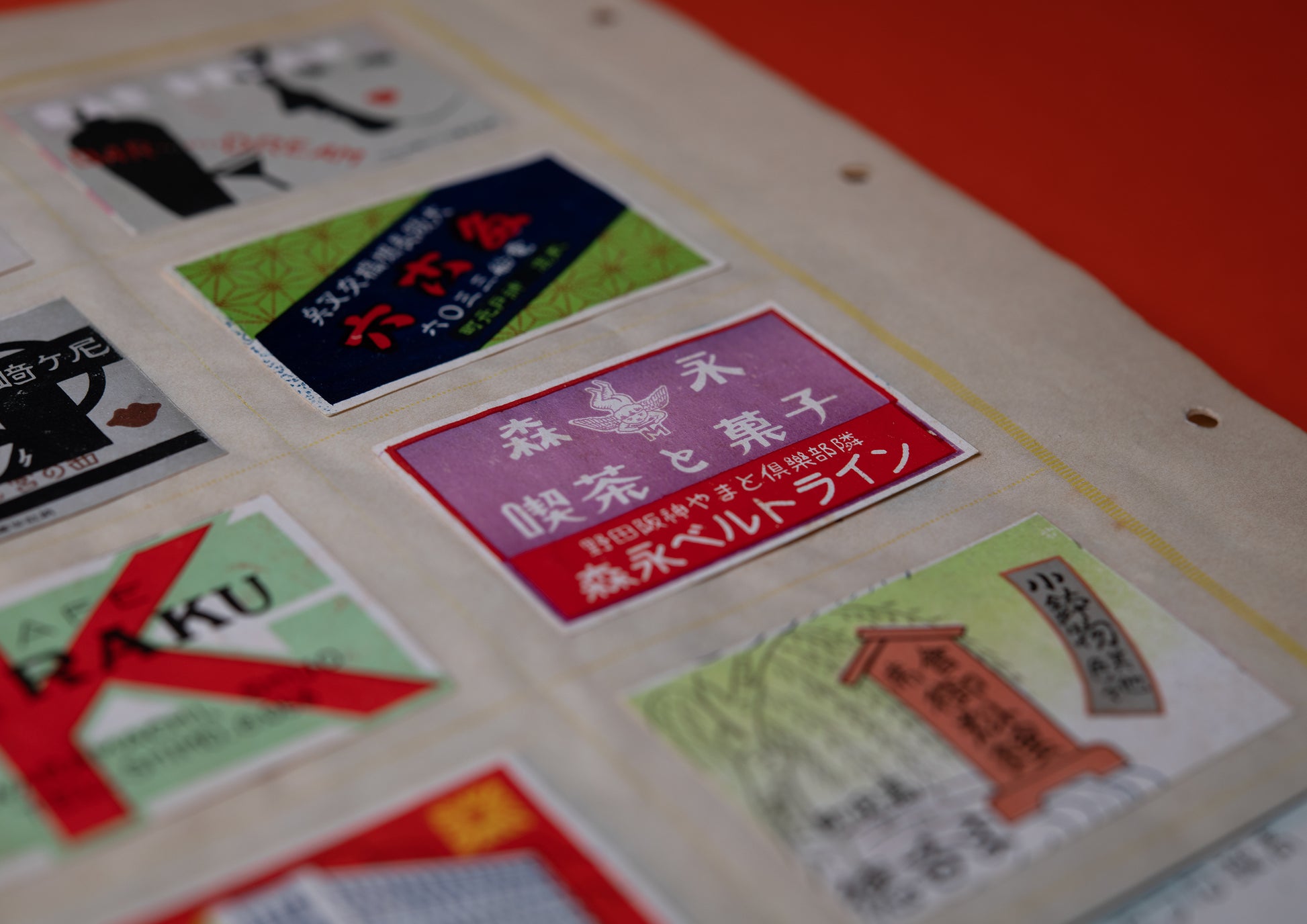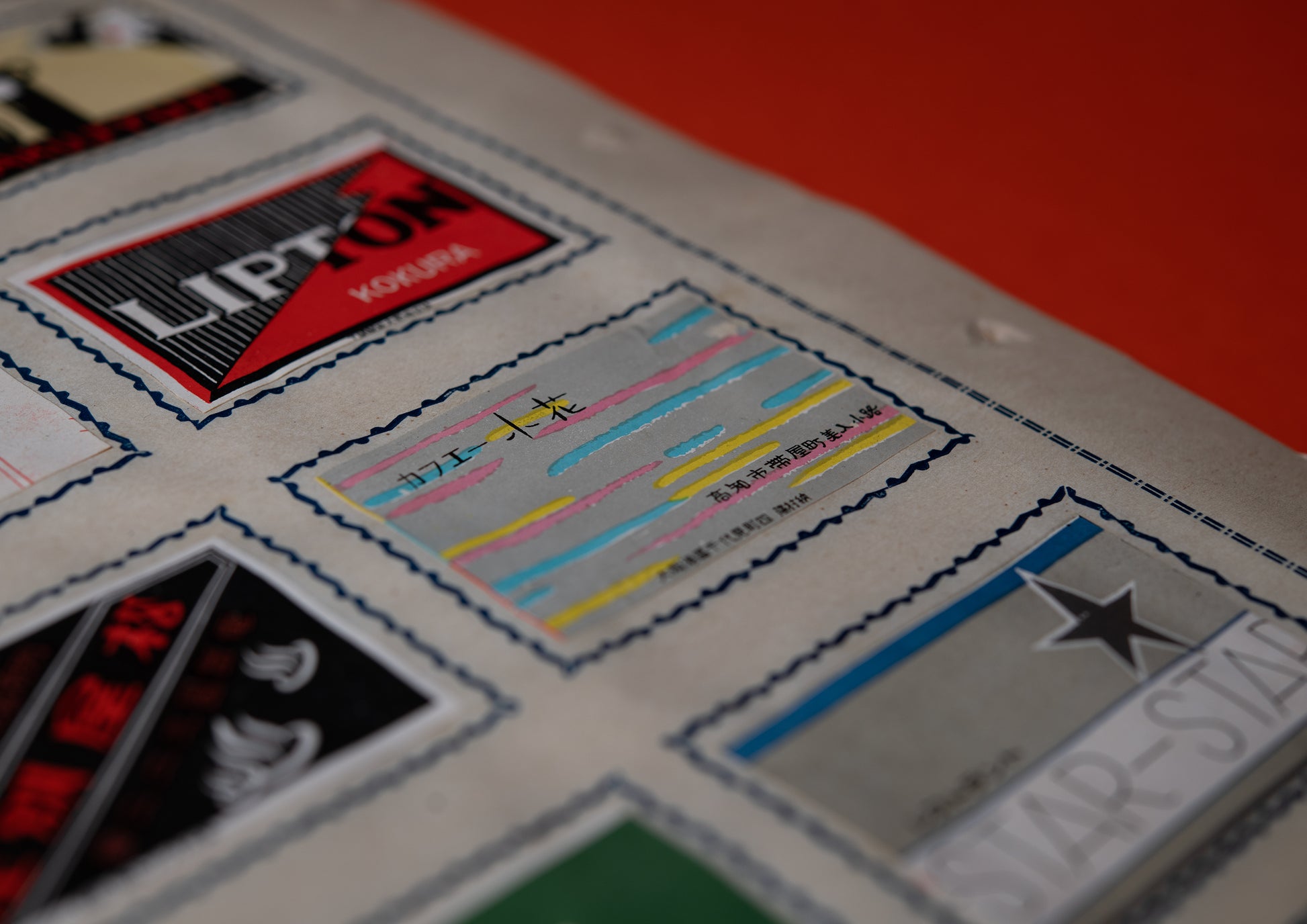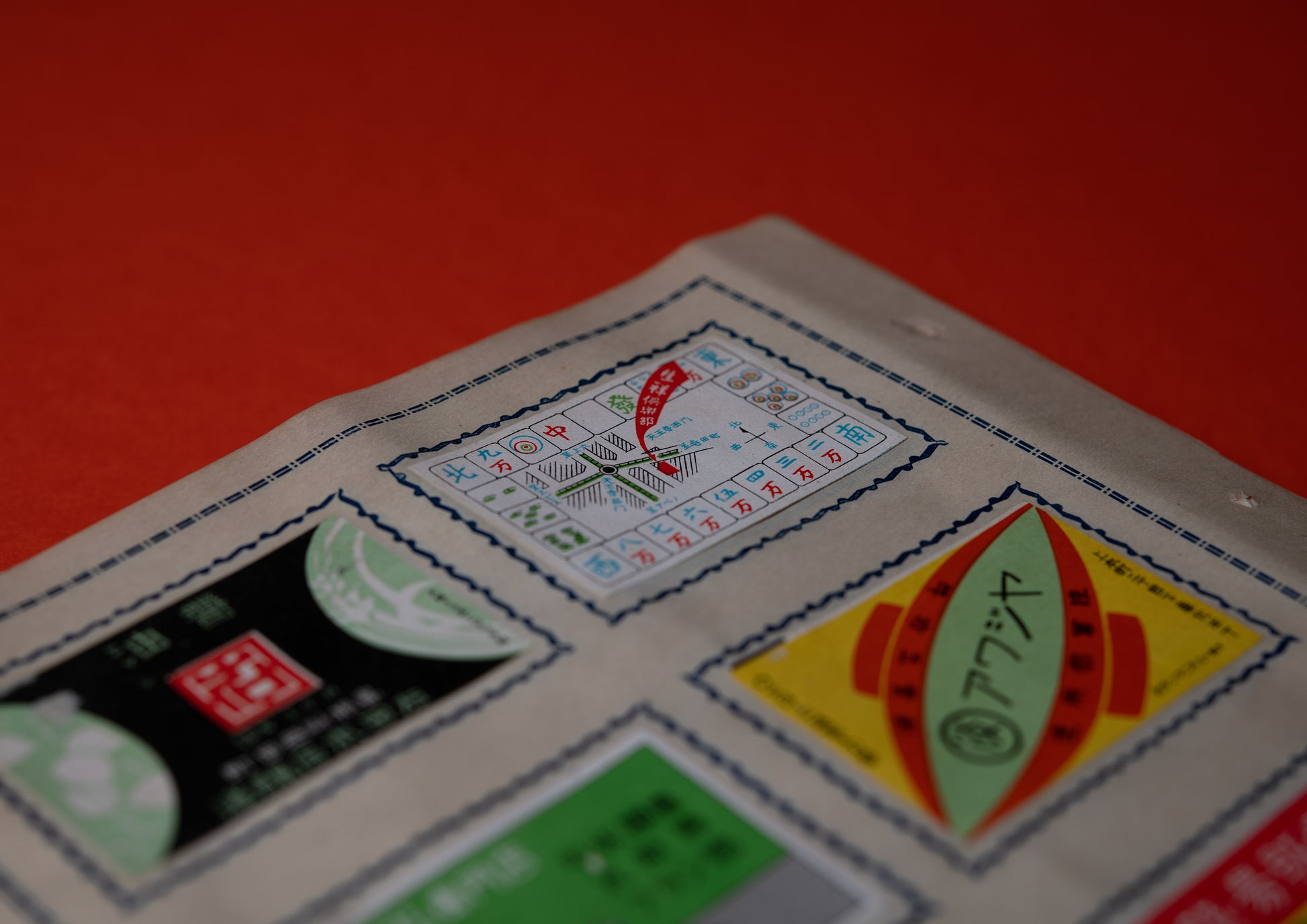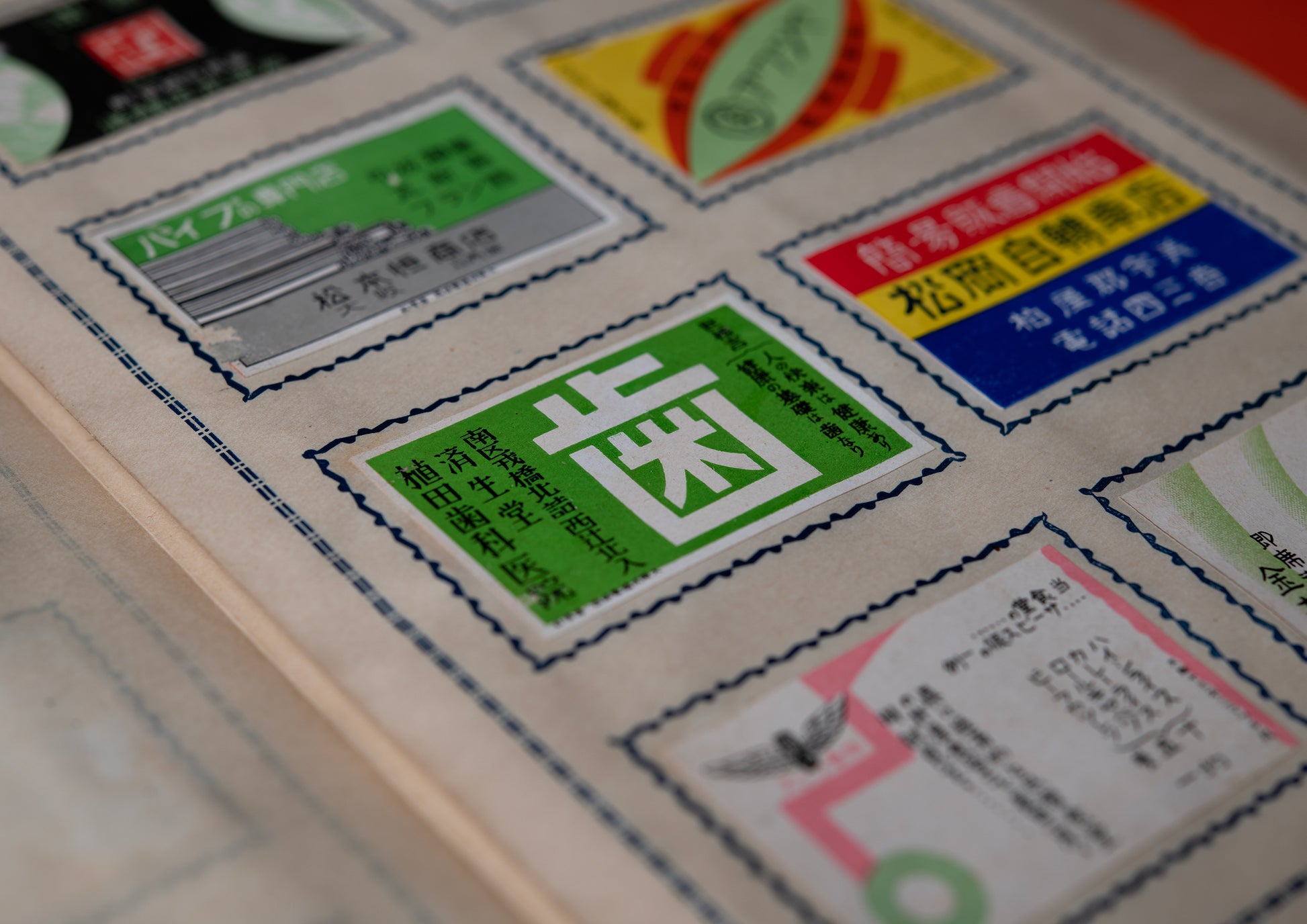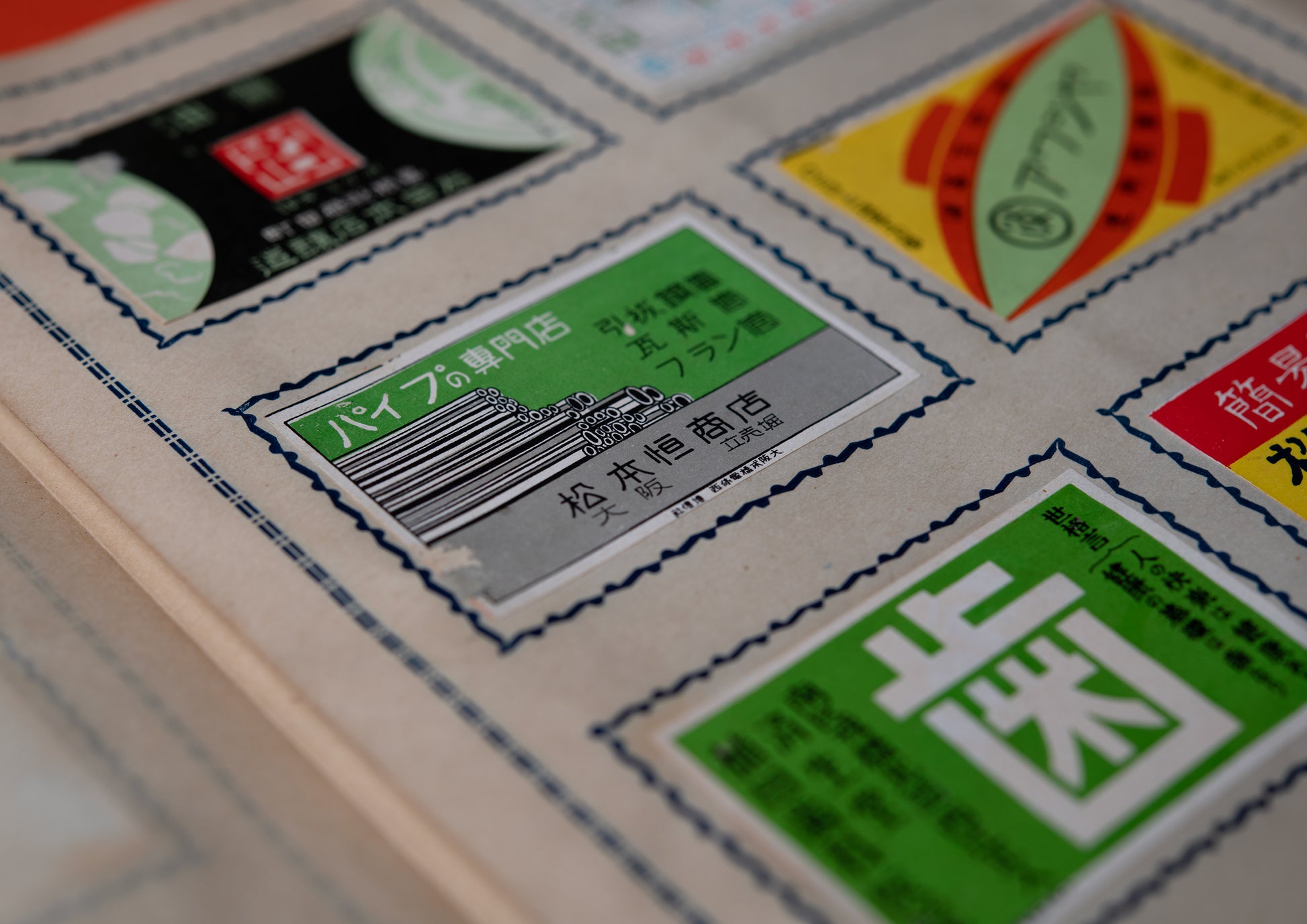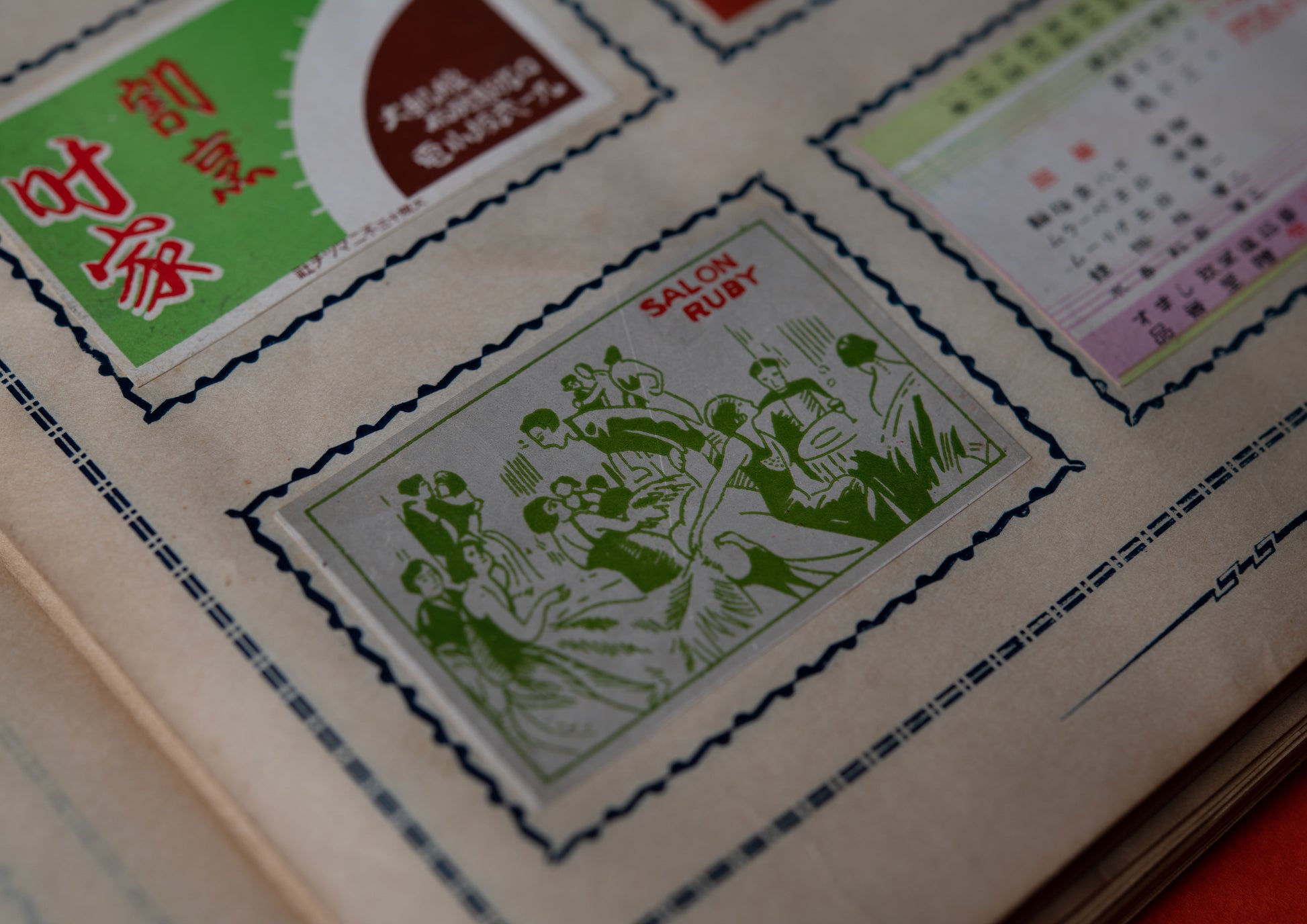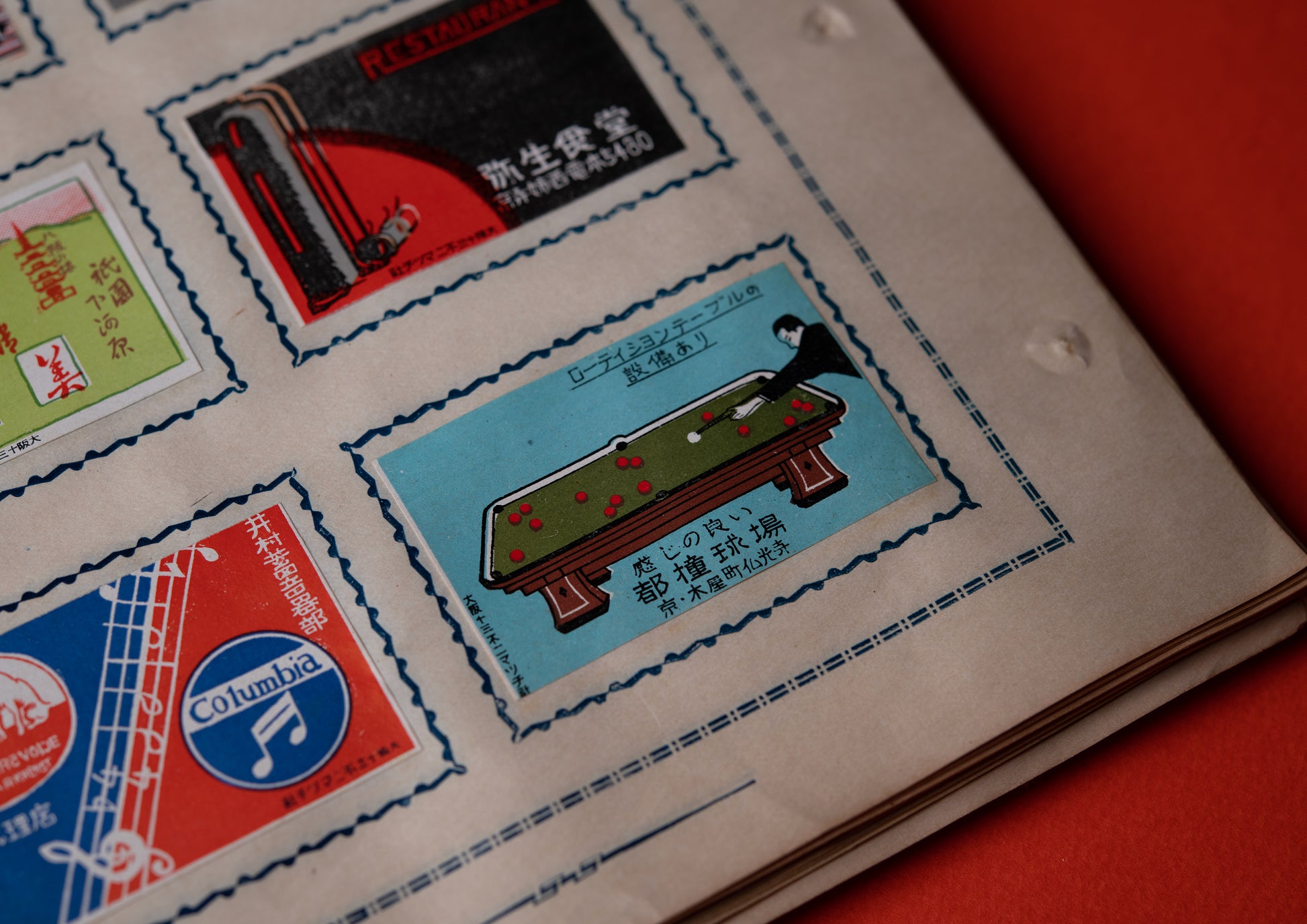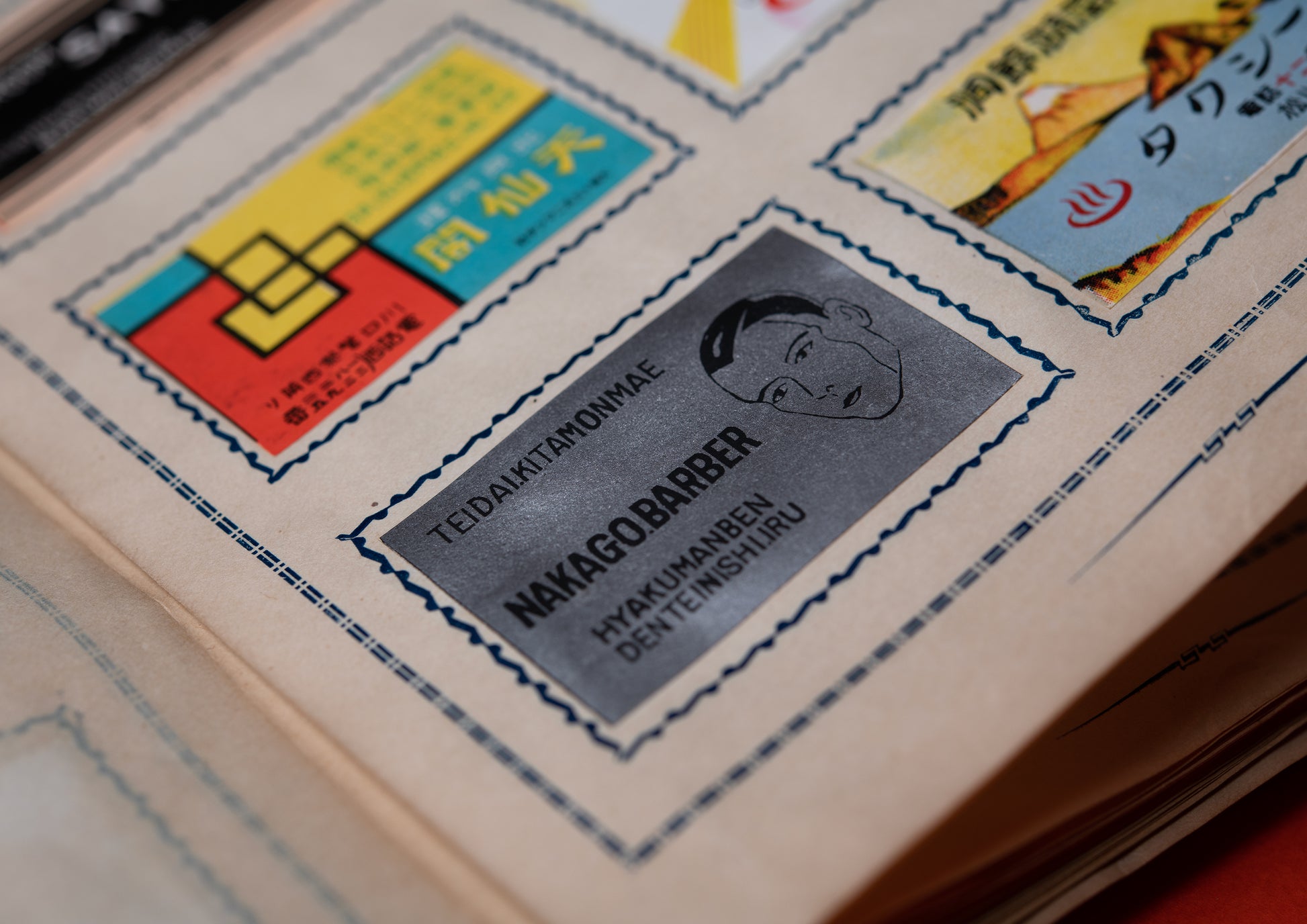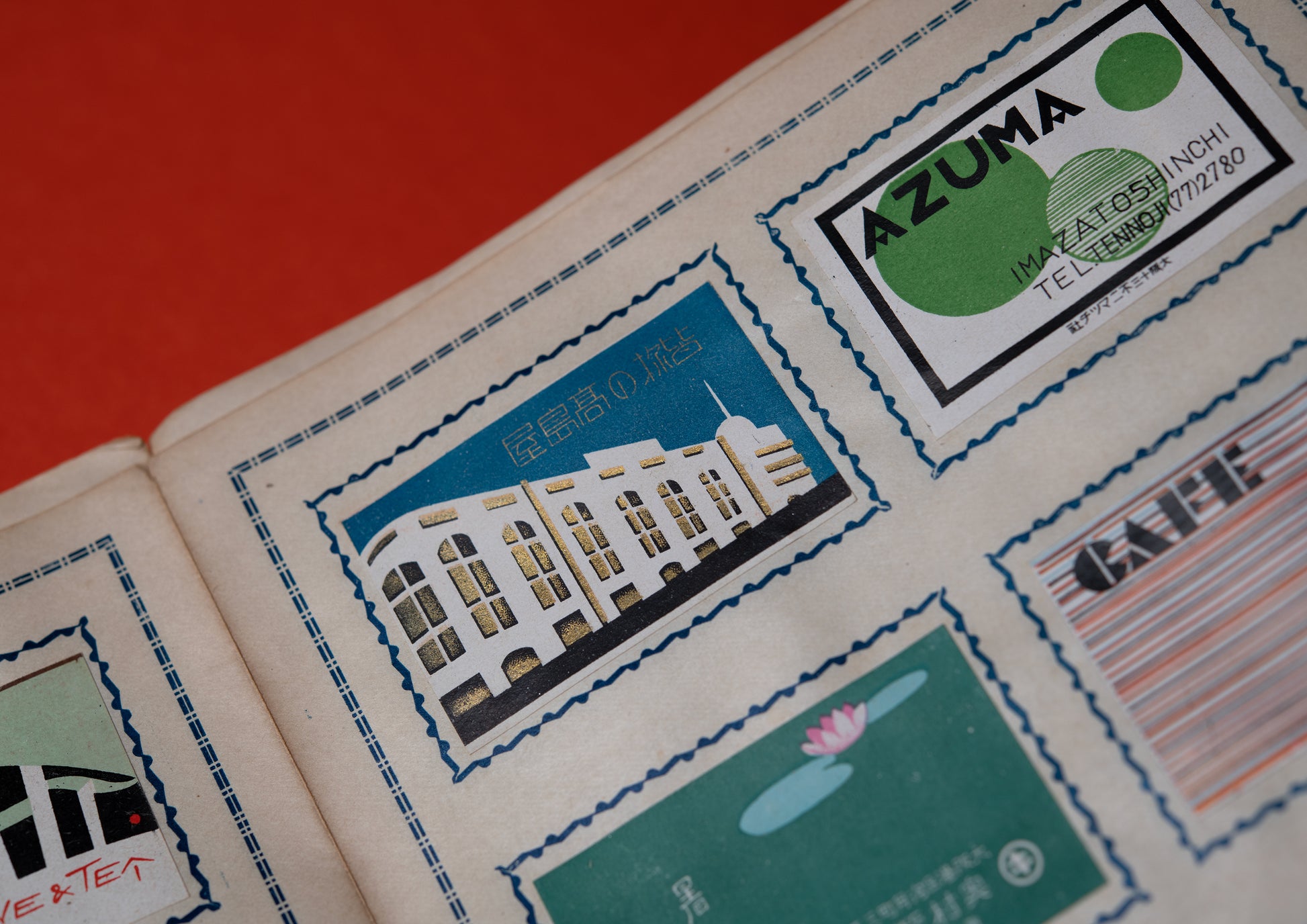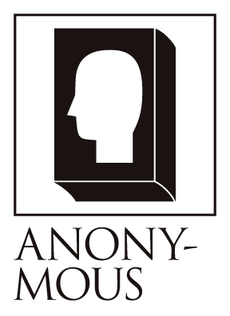Phosphorus Book
Bibliographic Details
- Title
- Match label collector's book / 燐票帖
- Author
- Anonymous / 作者不明
- Year
- 1868~1945 approx. ( before the end of WWII ) / 明治〜昭和20年代
- Size
- sheet : 240 × 370mm / each label : 35 × 55mm
- Weight
- 380g
- Pages
- 50
- Language
- Japanese / 日本語
- Materials
- Paper
- Condition
- Good / 良好
Total of 50 sheets of 800 match labels / 50シート、マッチラベル全800枚
PrewarA ticket collector
Collected
800 match labels.
I discovered a collection in the market of rolled cigarette papers with the leaves neatly removed and organized in a luxurious clear file. "There are collectors of all kinds of paper!" I was convinced. It is very rare to collect cigarette papers in this way, and although I admired the collector's unique perspective and passion, the chances of finding someone with the same interests are extremely low. In addition, the designs are not very diverse, and although there are subtle differences, it is difficult to find major differences, so the overall collection is somewhat lacking in interest and impact. I thought it would be difficult to sell it as a collection item, so I refrained from bidding, although I was reluctant to do so due to its rarity.
When we think about what elements of paper items attract so many people and encourage them to collect them, it seems there are a few conditions.
For example, appearance. There are many excellent designs and a wide variety of them. They are blessed with rich individuality. For example, quantity and collection route. There are always a large number of them in circulation that are worth collecting and are in a place where it is easy to collect them. For example, timeliness. They strongly reflect the trends and customs of each era. For example, size. Even if you collect a lot of them, they should not be bulky and should be light, preferably. They are uniform in size and easy to store and manage, etc. Match labels meet these conditions and can be said to be the most classic item in the world of ephemera, with an exceptionally long history as a collecting object. It seems that this history is the same all over the world, and there is even a word in English that refers only to phillumenist collectors: "Phillumenist (A person who collects match-related items, like matchbox labels, matchboxes, matchbooks, or matchbook covers.)".
The origin of match label collecting in Japan is said to be either politician and local historian Negishi Takeka of Kumagaya City, or folklorist Yamanaka Kyoko, but either way it was around the time of the Sino-Japanese War (1894-1895). It dates back about 130 years. Among the early collectors was a notable man named Fukuyama Hekisui, who started collecting in 1900, a little later than Negishi and Yamanaka, and in 1902 he also started manufacturing and selling advertising matches. What made him so amazing was that he was so determined to popularize the hobby of collecting match labels, and in 1903 he founded the "Rinshikinshukai". In 1907, he renamed the "Rinshikinshukai" to the "Nihon Rinshikinshukai" and held the "Nihon Rinshikinshukai - Rinpyo Exhibition" at the Tokyo Industrial Exposition. Incidentally, "rin" means match, and "rinpyo" means match label. From 1908, he established "match label societies" in various regions. Fukuyama's own match label collection numbered 63,000 types in 1912, and 200,000 types in 1927. The footsteps of Fukuyama Hekisui, a leading figure in the hobby of collecting match labels, are recorded in chronological order on the website "The World of Matches," co-hosted by the Japan Match Industry Association and the Japan Matchlateral Cooperative Association, and the respectful spirit of the hobby is conveyed. In the Taisho era, a coterie magazine called "Nishiki: Hobby Match Labels" was published, and it seems that a system was established to introduce collections on a national scale and exchange items between like-minded enthusiasts.
Match labels can be roughly divided into two categories. One is the trademark label. It is a label designed with the manufacturer's brand trademark, and is printed with a design and brand name that matches the country of export. Many of the labels in the early days of the match industry in Japan from the end of the 19th century to the Taisho period were trademark labels. The other major category is the so-called "advertising label." "Advertising labels" are match labels printed with advertisements by companies and various stores, and they flourished from the Taisho period to the Showa period. Associated with the spread of offset printing, they are characterized by a wide variety of colors and designs that cannot be compared to trademark labels, which are mainly made using woodblock and copperplate electroplating techniques. What we are introducing here is a collection of 800 "advertising labels" pasted onto a backing.
Almost all of the labels are unused and in good condition. The previous owner is believed to have been a person who was passionate about exchanging and collecting on a national scale. Judging from the format of the mount, it seems that all the sheets were owned by the same person. The labels are mainly from Kansai metropolitan areas such as Osaka, Kyoto, and Hyogo, but also from Tokyo, Niigata, Kochi, Saga, and even former colonies such as Mukden and Jinan. Many of the match labels are from businesses that are likely to reflect trends, such as cafes and restaurants, fruit parlors, bars, billiards, barber shops, clothing stores, taxis, radio, and movies, and seem to have been selected from those that had a high-class image at the time. Many of the designs are based on designs that were considered cutting-edge at the time, such as Art Deco, Constructivism, and modern typography, but perhaps due to the lack of detail, the somewhat kitschy and easy-to-use finish gives off a mysterious flavor.
Another interesting thing is the clever copy that was included on the small match labels. "Manchurian cuisine for students - Doshisha University West Gate Salon 'Kujaku'", "Shinanobashi intersection, a cafe that makes you feel like a relative, with a taste that is different from other people's 'Relatives'", "Hall of love 'Big brother'", "Let's go, nostalgic memories 'Baby'", "High-class cafe at the end of Senriyama 'Mountain Lady'", etc. The "〇〇" part is the name of the store, but when you look at it like this, both the copy and the name are mysterious. "When the lights shine in the port at night, a fire of emotion burns in my heart, Ah, the nostalgic 'Marseilles'" seems like too much of an explanation. I hope I was able to convey at least a little of the profound world of match labels.
Not long ago, although it must have been more than half a century ago, matches were an indispensable and regular item in our daily lives. We needed matches to cook food in the kitchen and to heat the bath. A little while ago, matches were also indispensable for lighting a lamp at night. We need matches to smoke a cigarette, and we also need matches when praying at the Buddhist altar. Nowadays, matches are only found on Buddhist altars and in emergency supplies. Matches, which were once a part of people's daily lives, are now an endangered species. The collection of a wide variety of match labels is now largely due to the legacy of past collectors.
Text by Masago Sato
«Useful pages»
・History of matches: https://match.or.jp/museum/history/4234/
・Kawamura Office: http://riveroffice.web.fc2.com/pages/yoshimi5.html
